20 Simple Presentation Topics on the US History That Will Grab the Undivided Attention
History classes usually turn out to be a jumble of dates, years, and odd names of people that died several years ago. Irrespective of this, writing about history is inevitable. When it comes to choosing presentation topics on the history of the United States, a lot of students are often clueless.
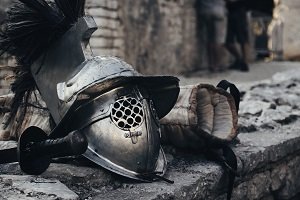
Even though some students find this quite easy to do, however, others find it simply boring and complicated. They become confused, with no idea of where to start from. For this reason, it is very important to choose a topic that is thought-provoking, and interesting to write about. Below are some simple presentation topics on the history of the USA that will grab undivided attention
- Native Americans: The Impact of the European Colonization on the Native Americans?
- The Primary Causes of the American Revolution: The Common Sense Role of Thomas Paine in Promoting the Movement for Independence?
- Pre-Civil War Conflicts Over Slavery: What Caused Them? What Were the Effects of the Nat Turner Rebellion?
- Native American Conflicts in the West: What Were the Causes and Effects of the Battle of the Little Bighorn?
- Child Labor in The Late 1800s and Early 1900s: How Did It Affect the Society? How Were Reforms Carried Out?
- The 1930s Dust Bowl: The Causes and Effects
- Manhattan Project: Why Was It Made a Matter of Secrecy? What Were the Methods Used?
- The Bombing of Hiroshima/Nagasaki During the World War II: Was It Actually Necessary?
- Evaluate the Presidency of JFK: Was It an Effective Presidentship or Simply a Nostalgy?
- World War II: What Was the Influence of the Propaganda and Its Use in the United States?
- Kent State Shootings: What Are the Contributing Factors?
- Sept. 11, 2001, Attacks: How Was American Security Policies Affected by the Attack? How Was U.S. Foreign Policy Impacted? How Did It Impact The Views of Americans about Islam?
- The Cold War: Why and How Did It Originate and What Were the Impacts on the Foreign Policy of the USA?
- Vietnam War: How Did the US Get Involved?
- The 1960s Civil Rights Movement: Evaluate the Tactics and Accomplishments
- U-2 Incident: How Did This Affect US-Soviet Relations?
- Yellow Journalism: What Was the Role In Instigating the Spanish-American War?
- Germany’s Antagonism to the Iraq War: How Did This Affect The Relationship Between the USA and Germany?
- The Wilsonian Impulse: The US Foreign Policies, the Alliance, and Unification of Germany
- The 1920’S Anglo-American Relations: The Struggle for Supremacy
The successful essay paper on the US history usually depends on the writer’s skills as well as the chosen topic. Always go for an interesting topic, and ensure that you do not bore your audience with dull issues. Above are some topic ideas to begin with.

Our statistics
- Privacy and Cookie Policy
- Ancient History
- Our Free Lesson Plans and Classroom Activities
- Archaeology
- Early Humans
- Mesopotamia
- Free Use Clipart
- American History
Native Americans
- New World Explorers
13 Colonies
- Revolutionary War
- Creating a New Nation and US Constitution
Western Expansion
- The Civil War
- Industrial Revolution
- Roaring 20s
Great Depression
- World History
- African Kingdoms
- Middle Ages
- Renaissance Reformation and More
- Age of Exploration
- Holidays Around the World
- FAQ, About Us, Contact
- Show More Show Less
- Powerpoints
Free Presentations in PowerPoint format for American History
Explorers, Colonization
Salem Witch Trials
French and Indian War
Trouble in Boston, Road to Revolution - Events Leading Up to the American Revolution
Continental Congress
- Declaration of Independence
American Revolution
- Articles of Confederation
Constitution
Bill of Rights, Amendments
3 Branches of Government
Jefferson & New Republic
- Louisiana Purchase
- Lewis & Clark
Western Expansion, Pioneers
Oregon Trail
- War of 1812
- Monroe Doctrine
President Andrew Jackson - Champion of the Common Man or King Andrew? Revival & Reform
- Manifest Destiny
- Trail of Tears
Wild Wild West
Slavery and Industry
Underground Railroad
Brink of the Storm - Events Leading Up To the American Civil War
Reconstruction
Growth of the West
Transcontinental Railroad
Industrial Growth
Immigration, Factories
Populist Party
Gilded Age, Progressive Era
Woman's Suffrage Movement
Imperialism
World War I
Roaring 20's
Harlem Renaissance
1929 Wall Street Crash
FDR and the New Deal
World War II
Rebellion & Reform
Segregation
Civil Rights Movement
Cuban Missile Crisis
Modern Times
Wars and Actions
US Military
Patriotic Symbols
US Geography, Maps
Index of Lesson Plans and Classroom Activities for American History
Explore American History
For kids and teachers, creating a new nation.
- Native Americans in Olden Times
- The 13 Colonies
- Road to Revolution
- The American Revolution
Creating a New Government
- 1st and 2nd Continential Congress
- The Constitution
- 3 Branches - Executive, Legislative, Judicial
- Checks and Balances
- Bill of Rights
- Constitutional Amendments
- Jefferson and theNew Republic
- The Oregon Trail
- Wagon Trains
- Pioneer Life & Frontier Life
- The Alamo 1836, Texas Revolution
- Mexican - American War 1846-1848
Brink of the Storm and the Civil War
- Events Leading up to the American Civil War
- The Industrial Revolution
- American Civil War - 1861-1865
- People of the Civil War - Lincoln, Davis, Grant, Lee, Frederick Douglass, Harriet Tubman, Dred Scott and more
- 13th Amendment ending slavery forever
- Reconstruction, Carpetbaggers & Scalawags
- 14th & 15th Amendments
Growth in the West
The nation grows, world war i, the great war, the roaring 20s, the great depression, slavery in america, segregation for kids - civil rights, us holidays.
GAMES! American History Games
QUIZZES - Interactive, with Answers for Student Review
For Teachers
Free for Classroom Use - American History Powerpoints and Presentations
American History Lesson Plans, Units, Activities, Projects for Teachers
Full American History Index for Kids and Teachers
197 Fascinating US History Research Topics To Top The Class
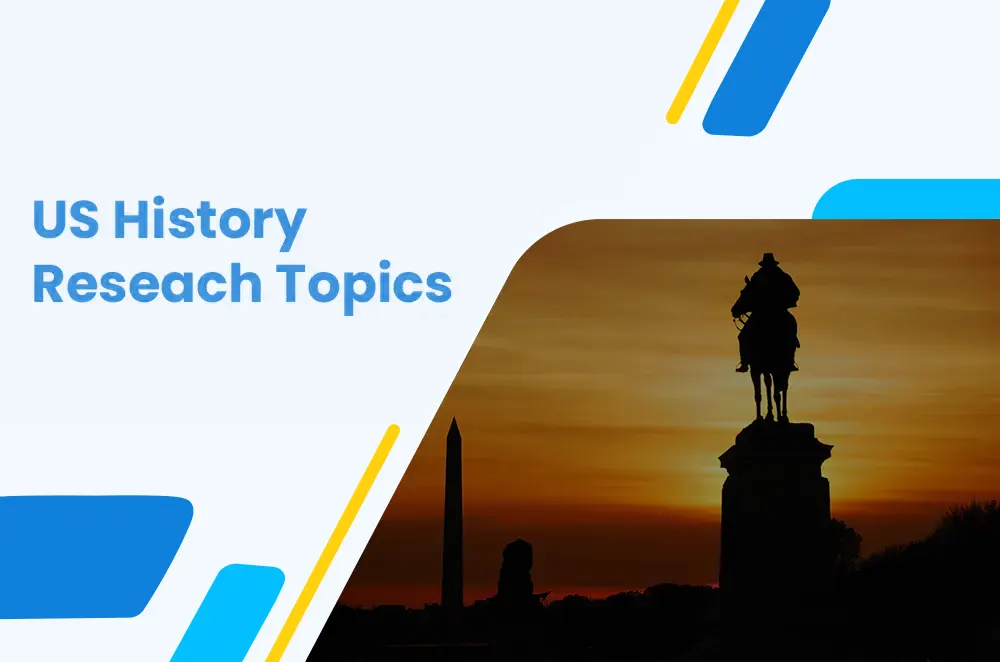
There is no doubt that America is one of the greatest countries in the world. With its rich history and diverse culture, America has something to offer everyone. The good news is that a wealth of information is available on American history, so you will find one of the research topics that interest you. Today, we will talk about those very US history research topics.
Whether you are looking for a specific event in American history or want to learn more about the country, there is plenty of material to help you get started. If unsure where to begin, try starting with a general search on American history. You can also look for specific topics, such as the American Revolution or the Civil War.
Once you have chosen a US History research topic, you’re on the way to greatness.
Table of Contents
US History Research Topics: Classic, Neo-Classic, Mind Blowing
The initial step in writing a research paper on the history of the United States is to decide on a fascinating topic. If you’re experiencing difficulty finding an excellent US History research topic, don’t fret – we have you covered. This article includes a list of intriguing American History research paper topics for your convenience and to help you ace your thesis. You can also avail History Research Help Service to achieve good grades.
Classic US History Research Topics

- Voyage to Indies and Discovery of North America
- Influence of The New World On the Lives of American Indians
- British colonization of North America: Reasons and motives
- Life and conditions for early settlers in America
- The difference between Southern Colonies and Northern Colonies
- The role of women in the Appalachian colonies
- The causes of slavery in Newfound America
- Benefits and harms of slavery in the United States of America
- Puritans influence American society and prejudice against other communities
- Conflicts and battles between native Americans and European settlers
- The reasons behind American Revolution and war for freedom
- Research on Salem Witch Trials: Causes and Consequences
- American Revolution War: Causes and Consequences
- Status of African-Americans and condition of slavery after the civil war
- Who were the pilgrims?
More from our blog: Argumentative Research Topics : Religion, Health, Economics, etc.
Neo-Classical US History Research Topics
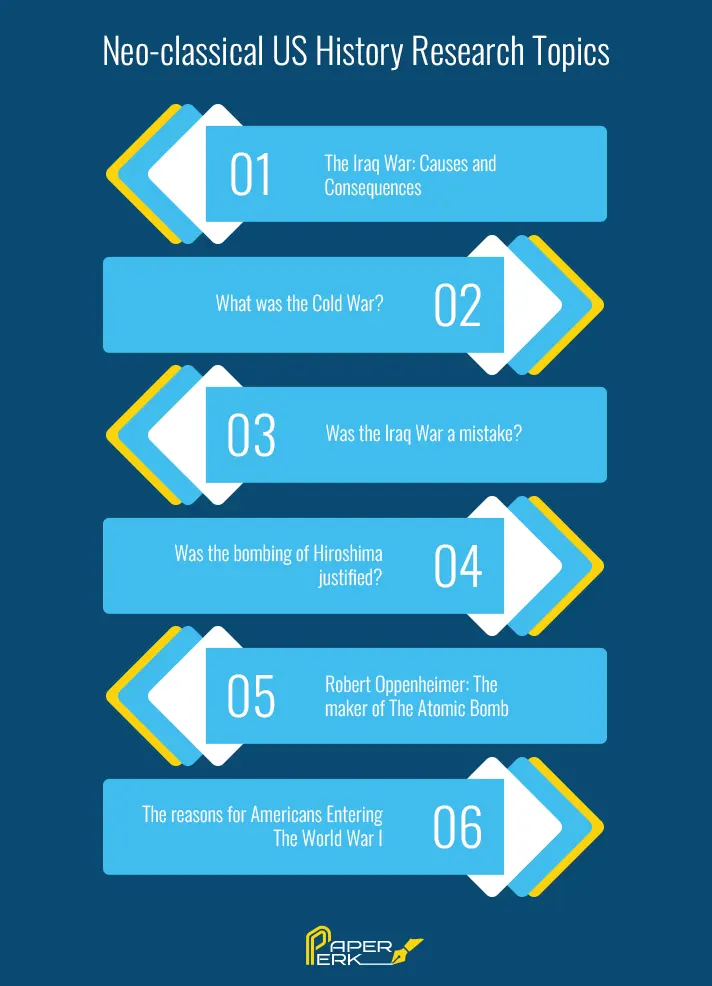
- Why was the Civil Rights Movement in the United States influential?
- Is John Kennedy’s death still a mystery?
- Legal Trials and Investigations over JF Kennedy’s Assassination
- Media works, documentaries, and films based on the Life and Death of John Kennedy
- Cuban Missile Crisis: The Threat of Escalation and War
- The reasons behind America fighting the Korean War and its consequences
- Primary causes and consequences of The Vietnam War for The United States
- Analysis of Apocalypse Now in the light of the Vietnam War
- The Iraq War: Causes and Consequences
- What was the Cold War?
- Was The Iraq War a mistake?
- History of the Cold War and its impact on The World and United States
- Impacts of the Iraq War on the global scenario
- War on Terror in Afghanistan
- Reasons behind 9/11 attacks and what could we have done to avoid this?
- Importance of political stability in Pakistan for Global Peace
- Hiroshima Bombing: The Greatest Crime Against Humanity in the history of humankind
- Was the bombing of Hiroshima justified?
- Robert Oppenheimer: The Maker Maker of The Atomic Bomb
- History of Nuclear Weapons in the light of the sentence “Now I become death, destroyer of the world.”
- The attack of Pearl Harbor: The First Major Allies Defeat
- The role of the United States in World War II
- The Great Depression: Causes and Consequences
- The reasons for Americans Entering World War I
- Causes and consequences of The National Ban
- Purpose of the First Constitution Amendment
Read More: Social Work Research Topics
American History Research Topics For High School
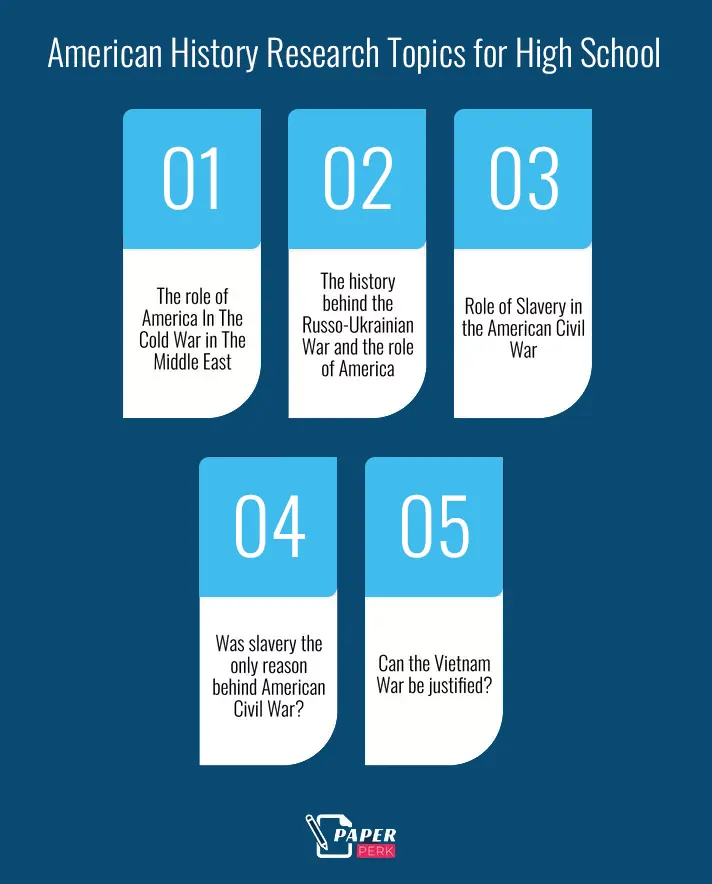
- The role of the Sons of Liberty in the history of the United States
- History of Slavery and Racism
- Native American opposition against the settlers
- A wave of slavery in the United States
- President impeachment over moral issues
- President’s impeachment over national security
- Can the Vietnam War be justified?
- Possibilities of neutrality for the United States in World War I
- Did the world become safer after the Cold War
- Countries involved in The Cold War
- The role of America In The Cold War in The Middle East
- The history behind the Russo-Ukrainian War and the role of America
- Role of Slavery in the American Civil War
- Was slavery the only reason behind American Civil War?
- Imagine yourself in America of 1776? What would be your role? A revolutionary or not?
- Influence of Puritanism On Modern American Culture
- The reasons why America is called The Land Of Opportunity
- The reasons for the creation of the Articles of Confederation
- Difference between North and South American Politics
- The influence of George Washington on the results of the American Revolution
Explore some more history research paper topics
US History Research Topics for College
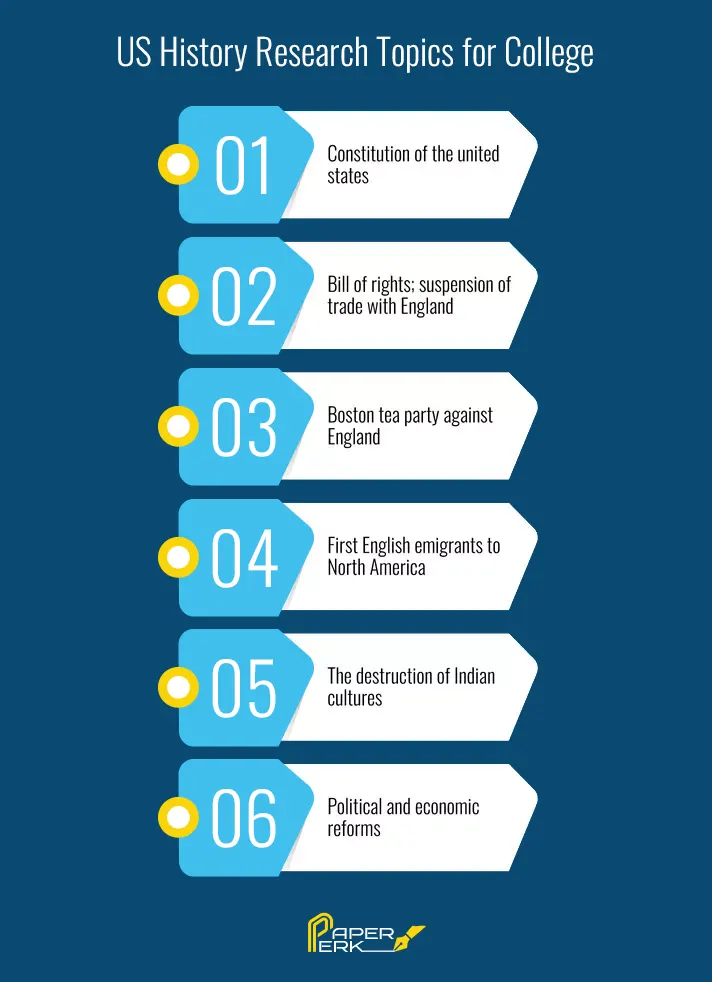
- The time of president Jackson
- Monroe doctrine: “America is for The Americans.”
- Presidency of Jefferson
- Conquest of the wild west
- Systematic plunder and annihilation of the Indians
- Constitution of the united states
- Constitutions of the states: the sovereignty of the people, division of powers, the election of positions
- Public, church and state separation
- Jefferson drafted the Declaration of Independence: “life, liberty and the pursuit of happiness.”
- War of independence
- Bill of rights; suspension of trade with England
- Boston tea party against England
- First English emigrants to North America
- From the end of the great depression to the consumer fever
- The marginalized societies
- Black people as a marginalized society
- Transgender as a marginalized community
- Women as a marginalized community in America
- The time of interwar
- The great depression
- From the civil war to the 1st world war
- Consumer society
- The war of secession
- The war against Mexico
- The destruction of Indian cultures
- Persecution against Indian People
- The policy towards Latin America and the Caribbean during the second presidency of Barack Obama
- Americans and political influence in Latin America
- Changes in the power equation, strategic constants in the last two centuries
- Defense Policies in a Global Economic Context and unstable politician
- The United States and anti-Americanism
- Cultural identity and national security
- Political and economic reforms
- The four pillars of US foreign policy toward the Western Hemisphere in the 21st century
- History of Science and technology in the United States
- Work, job insecurity and inequalities youth income in the United States
- History of US-Russian relations and the crisis in Ukraine
- Hegemony, geopolitics and the United States
- The Capitalist World System and the New Alignments Geopolitics in the 21st Century
Read More: Nursing Research Topics
Political US History Research Topics

- Ages of consent and marriage: steps throughout US History
- History of sexual freedom in America
- The history of Political Science
- Political wounds before and after the death of John F. Kennedy
- Jimmy Hoffa as, a notable figure
- Involvement of Sicilian Mafia in the Political History of the United States
- Right to abortion: Past and present
- Immigration to the United States over the last century
- Evolution in the rights of immigrants
- History of Human Rights in The US
- History of Capital Punishments
- The US In International rankings
- Issue of Mass Surveillance: Predictions of George Orwell
- Political terrorism by the United States officials
- Economic terrorism
- Separation of the church from politics
- Foundation of Healthcare policies
- Issue of national security and crimes against prisoners
- War crimes in Iraq
- Environmental politics over the year
- Business vs. working-class conflicts
- Poverty among marginalized societies and the role of the state to overcome the issue
- Global politics and the role of America
- Religious prejudice in the United States
- Racism in Politics
- The political history of American capitalism
Let us write your research Paper at Paper Perk: Order a research paper .
US Industry History Research Topics
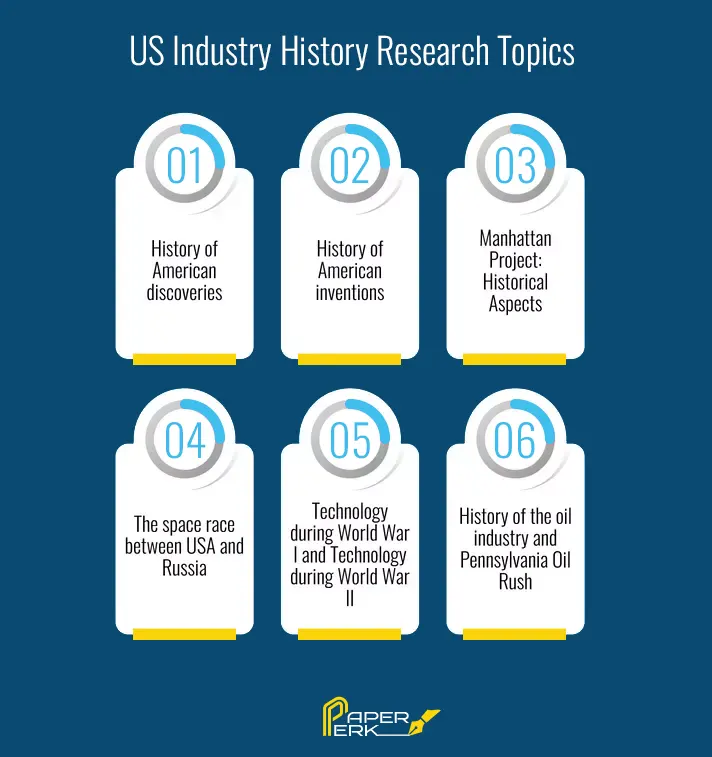
- The United States Patent and Trademark Office
- History of Science and Technology in The United States
- History of NASA and space quest
- Attempts to land on the moon
- History of American Medicine and Pharma
- History of American discoveries
- History of American inventions
- Appreciative research about American engineers and industrialists
- Research on African-American Inventors
- A deep look into the National Investors Hall of Fame
- Science and technology in the United States
- Industrial revolution in the United States
- Role of Capitalism in industrial America
- History of Astrophysics
- Research in molecular genetics and genomics
- Health care in the United States and the History of biotechnology
- History of nuclear weapons
- Manhattan Project: Historical Aspects
- The space race between USA and Russia
- Technology during World War I and Technology during World War II
- The military-industrial complex in the United States
- History of Banking and Finance
- History of Wall Street
- Labour unions in the United States and Immigration to the United States
- The agricultural history of the United States
- History of the automobile and Interstate highway system
- Ford Vs. Ferrari: Historical Industrial elements portrayed in the movie
- History of electromagnetism and War of currents
- History of the oil industry and Pennsylvania Oil Rush
- The invention of the telephone
- History iron industry
- History of the steel industry
- History of Iron and Steel Manufacturing
- History of rail transportation in the United States
- Second industrial revolution
- Role of industry and technology in World War I
- Role of industry and technology in World War II
- History of coal mining
- Efficiencies introduced during the industrial revolution by motorways and canals
- Highways and road structures in the US
- History of freeways and canals in the United States
- Native American inventors: A more profound look
- Native American Industrialists in the United States
- Structures and industries built by the indigenous people
Business and industry go side by side; you might want to explore: Business Research Topics through Paper Perk.
International Relations: History of US Research Topics
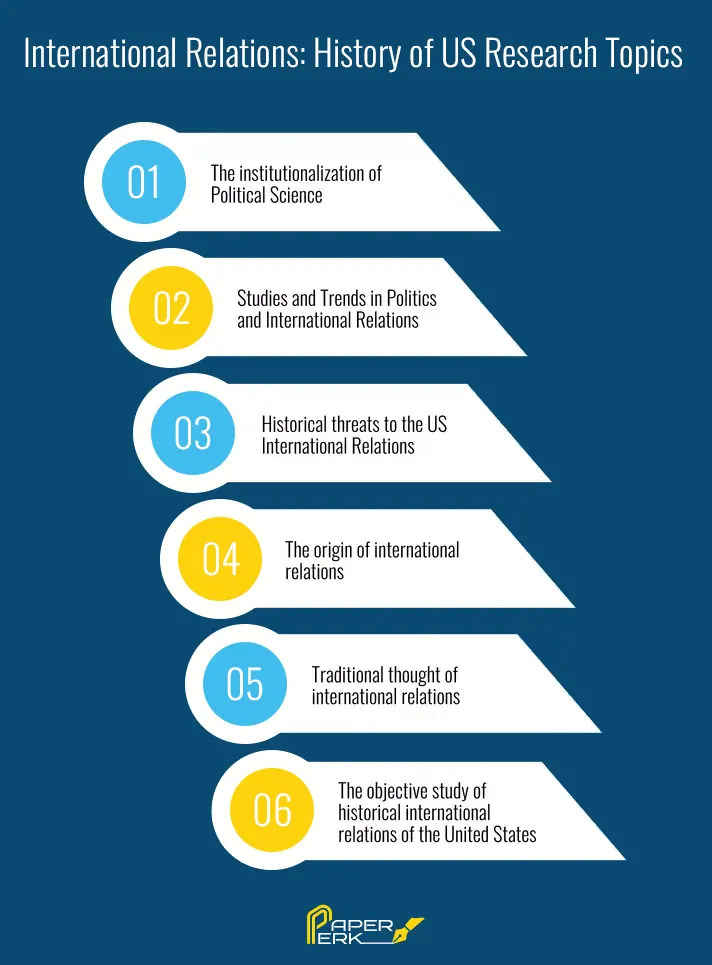
- The institutionalization of Political Science
- Studies and Trends in Politics and International Relations
- Historical threats to the US International Relations
- The origin of international relations
- Traditional thought of international relations
- The objective study of historical international relations of the United States
- Origin of Globalization as the US as the center of it
- The United States regarding the international exchange of Technology and cultural industries
- Humanitarian intervention, conflicts and genocide
- Environment, migrations and development
- Security in Relationships Contemporary Internationals
Related to International Relations and Diplomacy: 266 Political Science Research Topics To Get All The Votes
History of Hollywood Research Topics
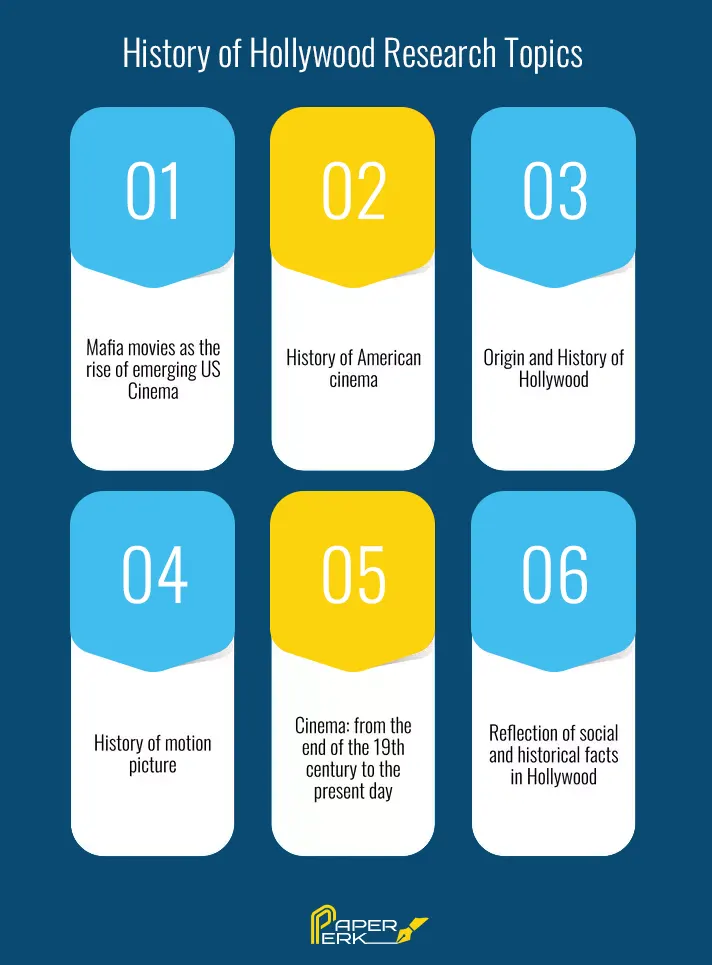
- Filmmakers from New York
- Life at Hollywood
- History of Visual Effects in American films
- Mafia movies as the rise of emerging US Cinema
- History of American cinema
- Origin and History of Hollywood
- History of motion picture
- Cinema: from the end of the 19th century to the present day
- Reflection of social and historical facts in Hollywood
- Pioneering studies on ideological and historical traits
- Historical Trends That Have Impacted Movies
- Movies explain the past and relate to it
- Initial studies on cinema and its impact on the society
Talking about Hollywood, let’s look at some Music research topics
In conclusion, this article has provided 197 US history research topics. With such a wide range of topics, you will find one that interests you. With careful research and a well-written thesis, you can win your supervisor’s heart and write the year’s thesis. If you are still confused, you can contact our writers for an immediate consultation.
Order Original Papers & Essays
Your First Custom Paper Sample is on Us!
Timely Deliveries
No Plagiarism & AI
100% Refund
Try Our Free Paper Writing Service
Related blogs.

Connections with Writers and support
Privacy and Confidentiality Guarantee
Average Quality Score
If you're seeing this message, it means we're having trouble loading external resources on our website.
If you're behind a web filter, please make sure that the domains *.kastatic.org and *.kasandbox.org are unblocked.
To log in and use all the features of Khan Academy, please enable JavaScript in your browser.
A brief introduction to US history
Unit 1: worlds collide (1491-1607), unit 2: colonial america (1607-1754), unit 3: the road to revolution (1754-1800), unit 4: the early republic (1800-1848), unit 5: the civil war era (1844-1877), unit 6: the gilded age (1865-1898), unit 7: rise to world power (1890-1945), unit 8: the postwar era (1945-1980), unit 9: the modern era (1980-present), unit 10: surveys of history, unit 11: primary documents.
Course Resources
Powerpoints.

Since the slides are openly licensed, you are welcome to retain, reuse, revise, remix, and redistribute them. If you do revise them, make sure to follow these guidelines for creating accessible PowerPoints .
Use this link to download all PowerPoint decks in a single .zip file (61 MB).
- Module 1 PowerPoint
- Module 2 PowerPoint
- Module 3 PowerPoint
- Module 4 PowerPoint
- Module 5 PowerPoint
- Module 6 PowerPoint
- Module 7 PowerPoint
- Module 8 PowerPoint
- Module 9 PowerPoint
- Module 10 PowerPoint
- Module 11 PowerPoint
- Module 12 PowerPoint
- Module 13 PowerPoint
- Module 14 PowerPoint
- Module 15 PowerPoint
- PowerPoints. Provided by : Lumen Learning. License : CC BY: Attribution
- Projector Screen. Authored by : Denis Shumaylov. Provided by : Noun Project. Located at : https://thenounproject.com/term/projector-screen/1211212/ . License : CC BY: Attribution

US History Project Ideas
Get ready to embark on an exciting journey through American history with our amazing list of 150 project ideas. Whether you’re a student seeking an engaging project or simply passionate about learning the past, we’ve got you covered. From the Revolutionary War, where independence was fought for, to the impactful Civil Rights Movement, we’ll dive into captivating events and influential figures that have shaped the USA.
Each topic is a doorway to a new adventure, awaiting your exploration. So, don your explorer’s hat, grab your magnifying glass, and let’s delve into enthralling stories of resilience, innovation, and change that define America’s rich heritage. Get ready for a historical journey unlike any other!
Table of Contents
150 US History Project Ideas
Colonial america:.
- Jamestown: The First Permanent English Colony
- Plymouth Colony and the Mayflower Compact
- The Salem Witch Trials
- The Founding of Maryland: A Haven for Catholics
- The Quakers and the Founding of Pennsylvania
- The New England Colonies: Puritans and Pilgrims
- Dutch New Amsterdam: The Beginnings of New York
American Revolution:
- The Boston Tea Party
- The Continental Army: George Washington’s Leadership
- The Declaration of Independence
- The Battle of Bunker Hill
- Valley Forge: A Winter of Hardship
- The Role of Women in the Revolutionary War
- The Treaty of Paris 1783
Early Republic:
- The Louisiana Purchase
- Lewis and Clark Expedition
- Marbury v. Madison: Establishing Judicial Review
- The War of 1812
- The Monroe Doctrine
- Andrew Jackson and the Trail of Tears
- The Industrial Revolution in America
Manifest Destiny and Westward Expansion:
- The Oregon Trail
- The Alamo and the Texas Revolution
- The California Gold Rush
- The Transcontinental Railroad
- The Mexican-American War
- The Oregon Trail: Challenges and Triumphs
Civil War and Reconstruction:
- Abraham Lincoln and the Emancipation Proclamation
- Battle of Gettysburg
- Underground Railroad
- Sherman’s March to the Sea
- Reconstruction Era
- Freedmen’s Bureau
- The Assassination of Abraham Lincoln
Gilded Age:
- Robber Barons vs. Captains of Industry
- The Progressive Era
- Women’s Suffrage Movement
- The Spanish-American War
- The Panama Canal
- The Triangle Shirtwaist Factory Fire
- Ellis Island: Gateway to America
World War I:
- The Zimmerman Telegram
- The Harlem Hellfighters
- The Treaty of Versailles
- Wilson’s Fourteen Points
- The Red Scare
Roaring Twenties:
- Prohibition and the Speakeasies
- The Scopes Monkey Trial
- Jazz Age and the Harlem Renaissance
- The Great Migration
- Wall Street Crash of 1929
Great Depression:
- New Deal Programs
- Bonus Army March
- Social Security Act
- The Works Progress Administration (WPA)
World War II:
- Pearl Harbor
- D-Day: The Invasion of Normandy
- The Manhattan Project
- Rosie the Riveter
- The Nuremberg Trials
- The Holocaust
Post-War Era:
- The Cold War
- The Korean War
- The Red Scare: McCarthyism
- The Civil Rights Movement
- Brown v. Board of Education
- The Space Race
Vietnam War:
- Gulf of Tonkin Incident
- Tet Offensive
- Anti-War Movement
- My Lai Massacre
- Nixon’s Vietnamization
Modern America:
- Watergate Scandal
- Roe v. Wade
- Reaganomics
- The Fall of the Berlin Wall
- The Gulf War
Contemporary Issues:
- The War on Terror
- Hurricane Katrina
- The Election of Barack Obama
- LGBTQ+ Rights Movement
- Black Lives Matter Movement
- COVID-19 Pandemic
Innovations and Inventions:
- The Internet Revolution
- The Personal Computer
- The Space Shuttle Program
- The Human Genome Project
- Green Energy Initiatives
Cultural and Social Movements:
- Beat Generation
- Hippie Movement
- Punk Rock Movement
- #MeToo Movement
- Indigenous Rights Movements
Sports History:
- The Miracle on Ice
- Title IX and Women in Sports
- The Super Bowl: A Cultural Phenomenon
- Jackie Robinson and the Integration of Baseball
- The 1980 “Miracle on Ice” Hockey Game
Presidential Profiles:
- George Washington
- Abraham Lincoln
- Franklin D. Roosevelt
- John F. Kennedy
- Ronald Reagan
Landmark Supreme Court Cases:
- Miranda v. Arizona
- United States v. Nixon
- Obergefell v. Hodges
Historical Monuments and Memorials:
- Mount Rushmore
- The Lincoln Memorial
- Vietnam Veterans Memorial
- Statue of Liberty
- Martin Luther King Jr. Memorial
Space Exploration:
- Apollo 11 Moon Landing
- Space Shuttle Challenger Disaster
- Hubble Space Telescope
- Mars Rover Missions
- International Space Station
Native American History:
- The Trail of Tears
- Wounded Knee Massacre
- Native American Boarding Schools
- The American Indian Movement (AIM)
Environmental History:
- The Dust Bowl
- The Clean Air Act
- Earth Day Movement
- Rachel Carson and Silent Spring
Women’s History:
- Feminist Movement
African American History:
- The Underground Railroad
- Harlem Renaissance
- Civil Rights Movement
Latino/Hispanic History:
- Cesar Chavez and the United Farm Workers
- The Bracero Program
- The Cuban Missile Crisis
- Latino Civil Rights Movement
Asian American History:
- Chinese Exclusion Act
- Japanese Internment during World War II
- The Model Minority Myth
- Asian American Civil Rights Movement
Media and Entertainment:
- The Birth of Rock ‘n’ Roll
- The Golden Age of Hollywood
- The Rise of Television
- The Internet and Social Media
- Video Game Industry
- Streaming Services and the Future of Entertainment
These 150 project ideas offer a diverse and engaging exploration of United States history. From the founding of the nation to contemporary issues, there’s a wealth of topics to choose from. So, grab your time machine—whether it’s a research paper, a presentation, or a creative project—and dive into the captivating story of America!
Leave a Comment Cancel reply
Save my name, email, and website in this browser for the next time I comment.
- Skip to primary navigation
- Skip to main content
- Skip to footer
History Presentations by Edward E. Gordon
Presentation Topic Areas
History presentations offered by edward e. gordon.

- Researches the past — His extensive historical studies challenge audiences to think about history’s lessons for today and for the future.
- Delivers powerful yet entertaining messages that engage audiences supported by meticulous research on contents.
Presentation Topic Areas:
- World War II The Second World War (1939-1945) was civilization’s most destructive conflict. These programs elucidate the iconic events that helped to set the course of 20th-century history for the next 50 years and beyond.
- Aviation History Aviation has a relatively short but varied history. These programs offer a window into two very different eras of aviation. One program explores how zeppelins were developed as the first commercial passenger aircraft and their role in military operations. The other programs focus on World War II campaigns in which aviation was the centerpiece.
- U.S. Civil War The War Between the States (1861-1865) was the epic struggle that ended slavery in the United States and helped to shape the American ideals of liberty and freedom When the Union and Confederate losses are combined, more Americans died in this conflict than in all the other U.S. wars. These programs examine the larger historical context of the Civil War, analyze the personalities of the civil and military leaders of the North and South, and chronicle the principal events of its major battles.
- The American West From the Lewis and Clark exploration (1804-1806) to the official closing of the American frontier (1890), the history of the American West presents a complex record of both triumph and tragedy. The programs present the story of both the heroes and villains who battled the elements and native tribes and struggled through the rugged terrain to found new settlements that in the end resulted in the undermining of the Native American’s way of life.
- History of the Roman Catholic Church Both praised and reviled, the Roman Catholic Church remains the oldest continuing institution in world history. Both saints and sinners have determined its direction and impact through the centuries down to the present day. These programs explore various aspects of the history of the Papacy and of the Catholic Church in the United States.
Additional Programs:
- Presentations on workforce development and the future of jobs
Testimonials:

“Motivational, Dynamic, Inspiring, Informative”
Superlatives like these are typical responses to an Edward Gordon presentation. His programs have wide appeal. The many types of organizations for which he has given presentations include museums, libraries, academic institutions, alumni associations, charitable organizations, professional associations, retirement centers, and church groups.
“The presentation was a testament to your professionalism (adherence to facts and attention to detail) and great gifts as an orator.” — Greg Kenny, Program Coordinator Palm Springs Air Museum
“You had them [the audience] spellbound by your encyclopedic knowledge of your subject and by the excellent graphics and photos you presented.” — Blaine Mack, President Old Bold Pilots
“Dr. Edward Gordon engages an audience vis-a-vis his enlightened, energetic, and erudite approach relating to history, particularly of World War II and both the tragedies and triumphs which ensued. He is a master story teller presenting fact, not fiction, in an entertaining and approachable light.” — Susan Meyer, Program Chair Northwestern University Alumni Association of the Coachella Valley
“Your outstanding programs are exciting, informative, and extremely well received by our visitors.” — Sharon Maguire, President/Museum Director Palm Springs Air Museum
“Your presentation was well prepared, well delivered and stimulating. What else could we ask for?” — Jan Varnum Phi Delta Kappa Chapter University of Main
“In these thoughtful presentations, Dr. Gordon has demonstrated that he is both a professional historian and professional speaker who is expert at informing and entertaining diverse audiences. I can wholeheartedly recommend him as a lecturer.” — David Ramsay, President The Churchillians of the Desert

Edward E. Gordon History Presentations Imperial Consulting Corporation
220 East Walton Place, #8E · Chicago, IL 60611 Phone: 312.664.5196
For more information, contact us at [email protected]
- History Classics
- Your Profile
- Find History on Facebook (Opens in a new window)
- Find History on Twitter (Opens in a new window)
- Find History on YouTube (Opens in a new window)
- Find History on Instagram (Opens in a new window)
- Find History on TikTok (Opens in a new window)
- This Day In History
- History Podcasts
- History Vault
21st CENTURY
Great depression, asian history, world war i, world war ii, immigration.
Edward T. O'Donnell, PH.D.
Engaging and informative presentations on american history.
Edward T. O'Donnell is a professional public speaker with decades of experience delivering engaging, informative, and thought-provoking presentations before business professionals, educators, and audiences of lifelong learners.
See below for his presentation topics.

Presentation Topics
Three key turning points in american history.
US history has been shaped by many key turning points that dramatically changed the direction of the nation and set it on a new historical path. Some took the form of groundbreaking political and philosophical concepts; some were dramatic military victories and defeats. Still, others were nationwide social and religious movements or technological and scientific innovations. In this presentation, we’ll define what constitutes a key turning point and then examine closely three of them—the Declaration of Independence, the Spanish American War, and the New Deal to reveal how they came about and how they changed America’s social, economic, and political character. It’s an engaging and thought-provoking way to look at the broad sweep of US history and, importantly, to see how it can inform our understanding of our contemporary challenges.
Immigration and the Uneasy Making of Multicultural America
Why have so many millions come to the U.S. and how has each wave transformed American society? And why, despite our paeans to being "a nation of immigrants," have Americans historically despised each wave of newcomers? This presentation explores the key periods of immigration in U.S. history, the major immigrant groups that arrived, their struggles to earn a living and adjust to new surroundings, and the contributions they made to American life. It also addresses the persistent problem of nativism and the ideas, concerns, and myths that contribute to it. One goal of this presentation is to provide the historical context and information that is sorely needed in our national debate about immigration, both legal and undocumented.
What Was the Gilded Age? (And Are We Living in Another One?)
In recent years a spate of books and articles have been published with the phrase “New Gilded Age” or “Second Gilded Age” in their title. All examine current social, political, and economic problems in the United States (growing income inequality, Wall Street malfeasance, and vehement anti-immigrant sentiment—just to name a few) with an eye toward the first Gilded Age (1870-1900). That was a period when America experienced astonishing growth in prosperity, population, and industry, but also urban squalor, political corruption, worker exploitation, Robber Baron ruthlessness, and an alarming growth in the gap between rich and poor. This presentation will examine this first Gilded Age and the key issues it raised, as well as how out of its turmoil the U.S. entered a period (The Progressive Era) marked by wide-ranging reform movements. The last portion will offer a comparison between the first Gilded Age and our current situation.
American Slavery: Its Origins, Evolution, and Eventual Abolition
In the late 18th century the Founders established the United States as a republic of liberty. But that same nation was the largest slaveholding society in the world. And slavery would only grow in size and importance in the 19th century. As it did, however, a small but dedicated abolitionist movement emerged, intent upon ending slavery and transforming the US into a true republic of liberty. The ensuing struggle lasted decades, ending only when the Civil War brought about the abolition of slavery. But ending human bondage presented new challenges about race, equality, and justice that have never been fully resolved and which continue to impact American society up to the present.
The Civil War and the New Birth of Freedom
After decades of intensifying political conflict between the North and South, largely over the issue of slavery, the Civil War finally came in April 1861. It was not only America’s bloodiest conflict but also its most radically transformative. The war ended slavery, created a vastly stronger federal government, and left much of the South in ashes. This presentation examines the key factors that led to Civil War, the critical battles and policy decisions, the role of African Americans in forcing the issue of emancipation, and the impact of new technology and military tactics in the first “modern war.” It also delves into the promise of Reconstruction and the counterrevolution that led to the imposition of Jim Crow.
Now That We Are Free: The Triumph and Tragedy of Reconstruction
The end of the Civil War resolved the questions of slavery and secession, but it raised several new ones: What is the status of the newly freed slaves? Would they become citizens entitled to all the rights enjoyed by white Americans? If so, to what extent was the federal government obligated to protect those rights and freedoms? The ensuing years of struggle began with an extraordinary experiment in multiracial democracy. But southerners never accepted black equality and ultimately, as the northern commitment to Reconstruction waned in the late 1870s, regained power and restored white supremacy.
Conflict and Conquest in the American West
Beginning in the 1840s white settlers began pouring into the trans-Mississippi West. They established millions of farms and created thriving railroad, ranching, and mining industries. But these achievements came at the expense of the hundreds of thousands of Native Americans who resisted for a time, but eventually succumbed to the Army and life on reservations. This presentation examines the ideas, policies, and events that shaped the conquest of the West. It also looks at the ways in which an image of the West shaped the American imagination and self-image.
The Progressive Era
The period 1900-1920 was marked by a wide-ranging effort by many Americans to rein in the excesses and abuses that accompanied the industrial boom of the Gilded Age. This spirit of reform (Progressivism) – championed most famously by President Theodore Roosevelt - brought about significant changes in politics, business regulation, labor law, women’s rights, and social welfare policies. Yet there were limits to this reform, most notably in the area of African American civil rights. This presentation examines the ideas and motivations of these reform movements and assesses their success and enduring legacies.
America Becomes an Imperial Power
Until the 1890s, America prided itself for its isolation from world affairs and territorial ambitions that were limited to westward expansion. But in the 1890s, as it emerged as the world’s leading economic power, America took an increasingly aggressive role in international affairs and by 1910 had become an imperial power, controlling territories around the globe, from Puerto Rico to the Philippines. This presentation examines the isolationist tradition in American political culture, the sources of emerging imperialist ambitions, key events like the Spanish-American War, and the anti-imperialist movement that argued imperialism was incompatible with republican government.
The Era of World War I: Idealism and Anxiety
The Era of World War I was one of the most contentious in the nation’s history, as Americans struggled with the challenges of corporate power, labor unrest, record immigration, and the rising demand for women’s suffrage. Americans were likewise divided over the U.S. entry into World War I and later, following the armistice, over membership in the League of Nations. These and many other unsettling changes ultimately led to a resurgent conservatism (red scare, immigration restriction, and prohibition) that would last through the 1920s. This presentation examines these trends and the many questions they raised.
How Women Won the Vote
Seventy-two years after the Seneca Falls, NY convention called for women to gain the right to vote, the Nineteenth Amendment was ratified. It represented a dramatic expansion of American democracy and led to significant changes in American politics and society. This multimedia presentation examines the long struggle for women’s suffrage, including the bitter internal divisions over philosophy and strategy that threatened to derail the movement, the key initiatives like parades and picketing that helped build public support, the role of World War I in gaining President Wilson’s support, and the effort by some feminists to achieve an Equal Rights Amendment.
The Twenties: Roar and Reaction
The American economy “roared” in the 1920s as never before, until late 1929. The decade also witnessed profound social and cultural change as Americans embraced jazz, the Charleston, silent movies, and radio. Many women shocked their contemporaries by taking on the so-called “flapper” look with short hair and short dresses. These trends eventually prompted a conservative backlash marked by Prohibition, immigration restriction, religious fundamentalism, and a revived Ku Klux Klan. We’ll examine the sources of the economic boom, as well as the reasons why it ended suddenly in October 1929 with the Wall Street crash and onset of the Great Depression.
The Great Depression and the New Deal
During the early years of the Great Depression Americans experienced economic hardship (25% unemployment) on a scale that was without precedent in U. S. history. This multimedia presentation explores the causes and impact of the Great Depression. It also examines the key aspects of President Roosevelt’s New Deal, including the key philosophical and political ideas behind it, the goals and outcomes of the short-term programs like the WPA and permanent reforms such as Social Security, the conservative challenge to the New Deal (i.e., Liberty League), and the formation of the New Deal coalition. Finally, it offers an assessment of the successes and failures of the New Deal.
World War II and the Transformation of America
This presentation examines the extraordinary changes ushered in by the U.S. entry into World War II. First, it brought millions of American women into the workforce where, unlike World War I, they stayed after the war. Second, the war provided an opportunity for African Americans to demand a new federal commitment to civil rights, beginning what were the early rumblings of the formal civil rights movement of the 1950s and 1960s. Third, World War II ended the Great Depression and launched the greatest peacetime expansion of the economy in American history. Finally, the war firmly established the U.S. as one of the world’s two superpowers, setting the stage for the Cold War.
Land of Liberty? Japanese Internment during WWII
Two months after the attack on Pearl Harbor the U.S. government sent 110,000 people of Japanese ancestry—most of them U.S. citizens—to the internment camps. This dark chapter in U.S. history caused many Japanese Americans to lose their homes, farms, and businesses, not to mention their dignity and self-esteem. This presentation examines the role longstanding anti-Asian racism played in leading to internment. It also assesses the impact of internment on the lives of its victims and how they developed a variety of survival and coping strategies. It also explores the deep divisions that emerged within the Japanese American community between those who advocated resistance and those who urged peaceful acquiescence. Finally, it looks into the long post-war struggle by Japanese Americans to rebuild their lives and to receive an apology and compensation from the U.S. government.
A Hard and Bitter Peace: The Cold War
Even before World War II ended, disputes had begun between the U.S. and Soviet Union over the shape of post-war Europe. In the decades that followed virtually every foreign policy decision of the U. S., from the Marshal Plan to the Space Program were made with the Cold War in mind. This multimedia presentation explores the origins of the Cold War, the emergence of the so-called “military industrial complex,” the U.S. intervention in wars in Korea and Vietnam, and the threat of nuclear war. It will also examine the influence of the Cold War domestic affairs, ranging from the rise of Sen. Joseph McCarthy in the 1950s to the conservatism of the American labor movement.
Nobody’s Free, Until Everybody’s Free: The Civil Rights Movement
African Americans fought for their civil rights long before the 1950s, but it was in that decade that a full-blown Civil Rights Movement began to gain traction. Led by inspirational figures like the Rev. Martin Luther King, Jr. the movement staged nonviolent marches, filed law suits, and pressured political leaders to restore to African Americans their constitutional rights won during Reconstruction. By 1965 the movement achieved passage of the Civil Rights and the Voting Rights Acts. This presentation examines the origins of the movement, the philosophy of nonviolence, and the key strategic decisions of the movement. It also explores the role played by more militant leaders such as Malcolm X and Stokely Carmichael pushed the movement to confront more contentious issues such as entrenched poverty, police brutality, affirmative action, and the war in Vietnam.
Vietnam: The War That Divided America
No event in recent American history, with the possible exception of the Civil Rights Movement, was more controversial than the Vietnam War. After initially supporting the war, the American public turned against it, eventually compelling withdrawal (but not before 58,000 soldiers were killed). It was a humiliating defeat for the world’s leading superpower, and its military, diplomatic, and political impact would be felt for at least another generation. This multimedia presentation will explore the Cold War context that led to U.S. involvement, the key military features of the war, the role of the U.S. media, the anti-war movement, and the long-term military, political, and diplomatic legacies of the war.
Uncle Sam and All That: The History of American Symbols
Throughout the history of the United States, Americans have developed symbols to express their most cherished values, hopes, and institutions. These include familiar ones like the American flag, Statue of Liberty, the Liberty Bell, Uncle Sam, the White House, and the bald eagle. They also include symbols that challenge the establishment to promote social change. Consider the peace sign or the clenched fist of the Black Power movement. And what about all those now forgotten symbols that once carried so much significance—like the pineapple (hospitality), bee hive (hard work), and the ballot box (democracy)? This presentation explores the role of symbols in American history and these key questions: Where do these symbols come from? How have they functioned in society? How and why does their meaning change over time?

The Statue of Liberty: The Story of An American Icon
The Statue of Liberty is an icon, a national treasure, and one of the most recognizable figures in the world. Each year millions who cherish its ideals make the journey to experience its history and grandeur in person. Most visitors, in part because Ellis Island is close by, see the Statue as a symbol of freedom, inspiration, and hope for successive waves of immigrants to the U.S. They would be shocked to learn that the Statue originally had nothing to do with immigration. It was, rather, an extraordinary gift from the people of France to the people of the United States to commemorate the centennials of the American (1776) and French (1789) Revolutions, as well as celebrate the close relationship between the two countries. This presentation examines this origin story and how the Statue was gradually transformed into an immigration icon and a very powerful and pliable political symbol.
The History of Christmas in America
Was Christmas really banned in Massachusetts until the 1850s? How did the eight reindeer get their names? Why do we bring pine trees into our houses at Christmas? How did Santa go from a 4th century Turkish bishop, to a tiny elf, to a life-size grandfatherly figure dressed in red? What role did Coca-Cola play in this? Where does the Yule log fit into Christmas? Why are so many Christmas songs like “Rudolph” written by Jewish songwriters? What’s with the recent trend of upside-down Christmas trees? And is there really a “War on Christmas”? This talk takes on these and many more Christmas-related questions.
The Erie Canal: Forgotten Engineering and Economic Wonder of the 19th Century
Before the building of the Interstate Highway System in the 1950s, the greatest public works project in US history was the Erie Canal. Built between 1817-1825, it stretched an astonishing 373 miles across upstate New York to connect the Hudson River with Lake Erie. Now manufactured goods from eastern states and Europe could flow into the American heartland in exchange for commodities like grain, furs, and lumber. The canal triggered extraordinary national economic growth and transformed New York into the “Empire City.” In this talk we’ll examine the visionaries behind the canal, the incredible feats of engineering it required, the workers who did the grunt work, the many copycat canal projects (most destined to fail) that it inspired, and the ultimate fate of the canal over the course of the 19th century.
The Rise and Fall of Tammany Hall, America’s Most Notorious Political Machine
Urban political organizations known as “political machines” emerged in the mid-1800s in response to mass immigration, urban expansion, rapid industrialization, and the broad expansion of the vote. The most powerful and infamous machine was Tammany Hall which came to dominate New York City and wield immense power in national politics into the 1930s. In this talk we’ll learn how Tammany leaders like William “Boss” Tweed used fraud and corruption, as well as constituent service and compassion to win elections, enrich themselves, and build American cities. We’ll also delve into the ways that political machines provided vital assistance to the poor and vulnerable in the age before social services. And we’ll consider what factors led to the demise of Tammany and machine politics starting in the 1930s.
Why History Matters: How an Understanding of History Is Essential to Citizenship, Morality, Leadership, Business, and Even Personal Happiness
Everyone has heard the maxim, “Those who do not learn the lessons of history are doomed to repeat its mistakes.” But do we really know why it’s important to study history? Do we know what separates history from other academic subjects like math, science, or psychology? Do we know why history matters? This session will broaden participants’ understanding of the significance of history beyond the idea of “learning lessons.” Using vivid examples from topics such as the history of slavery, the Civil War, immigration, and women’s rights we’ll explore the five essential elements of history and how they hold the potential to strengthen our democracy, promote human rights, boost a healthy patriotism, and inform public policy decisions on issues such as taxes, healthcare, war, and privacy.
My Speech Class
Public Speaking Tips & Speech Topics
120 History Speech Topics [and Cultural Artifact Speech]

Jim Peterson has over 20 years experience on speech writing. He wrote over 300 free speech topic ideas and how-to guides for any kind of public speaking and speech writing assignments at My Speech Class.
Information speech topics about working out history topics for verbal or essay writing. Historical figures, events, periods and movements, and timelines are very good sources for authentic talks.
Most informative public speaking speech examples aren’t easy to move to your speech class. So, use pictures, video, or slide sheets to make your point.
In this article:
History Information Speech Topics
Examples of cultural artifact speech topics, history speech.

- Different past calendars.
- Rise and fall of Carthage.
- Celtic myths and legends.
- Hieroglyphs, Rosetta Stone.
- Inca and Maya civilizations.
- The mummification process.
- Medieval knighthood orders.
- Pyramid construction theories.
- Roman Empire ruled by senators.
- The meaning of Stonehenge.
And what do you think of these famous periods and events?
- Ancient Egypt
- Ancient Greece
- Ancient Rome
- Enlightenment
- Information Age
- Mesopotamia KingdomMiddle Ages
- Nuclear Age
- Reformation
- Renaissance
- Romanticism
Research the following questions and the information speech topics will flow out of your pen while looking for answers:
Can We Write Your Speech?
Get your audience blown away with help from a professional speechwriter. Free proofreading and copy-editing included.
- What happened? When? How? Where?
- What was the value or impact?
- What are the major parts and facts?
- Why was this age or period important?
- Who played a major role?
How to research your information speech topics about people who played a vital role in the past? Well, check this out in bygone times-books or on the net.
Another list of history speech ideas for training public speakers and high school or college essay writing: famous historical figures and people. Tell their story, how they made the difference in their time:
- Abraham Lincoln
- Albert Einstein
- Alexander Graham
- Alexander the Great
- Alfred Nobel
- Andy Warhol
- Benjamin Franklin
- Captain James Cook
- Charles de Gaulle
- Claude Monet
- Livingstone
- Dwight Eisenhower
- Elizabeth I
- Florence Nightingale
- Galileo Galilei
- George Washington Hannibal
- Harry S Truman
- Henry Kissinger
- Isaac Newton
- Jack the Ripper
- Jean-Jacques Rousseau
- Joan of Arc
- John Maynard Keynes
- Joseph Stalin
- Julius Caesar
- King Arthur
- King Tutankhamun
- Konrad Adenauer
- Leonardo da Vinci
- Louis Pasteur
- Margaret Thatcher
- Martin Luther Martin Luther King
- Mary, Queen of Scots
- Maximilien Robespierre
- Michelangelo
- Napoleon Bonaparte
- Nelson Mandela
- Nicholas II Tsar of Russia
- Pablo Picasso
- Rameses the Great
- Richard Nixon
- Ronald Reagan
- Sigmund Freud
- Thomas Jefferson
- Vincent Van Gogh
- Vladimir Lenin
- William Shakespeare
- Winston Churchill
- Woodrow Wilson
And here are some interesting history speech topic ideas:
- Dinosaurs and how they left the face of the earth.
- The role of Jawaharlal Nehru in India’s independence.
- John F. Kennedy’s scandals and assassination.
- The importance of the Great Wall of China.
- The patterns of U.S. immigration.
- The fire at Yellowstone National Park in 1988.
- The history of immigrants in the American workforce.
- The real origin of the fortune cookie.
- The history of Native American tribes.
- The history of the use of human cadavers.
- The history of American comic books.
- The history of witchcraft.
- The history of antibiotics.
- The history of English rule in South Africa.
- How World War Two started and ended.
- The evolution of the English language.
- Gold rushes outside of California.
- The life and works of Mahatma Gandhi.
- The life and works of Mother Teresa.
- The effects of U.S. colonialism.
- The history of Valentine’s day.
- The seven wonders of the world.
- Leaders that changed the world.
- The history of fringe political parties.
- The history of early 20th century filmmaking.
- The history of the Dominican Republic.
- People who have changed the world.
- The lighthouse of Alexandria.
- The history of feminism.
- The great escape of Alcatraz.
- The history of chalk.
- The Assyrian genocide.
- The history of tobacco use.
- The black arts of 13th century.
- The history of the Selma civil rights march.
- The best accidental inventions.
- The origins of nursery rhymes.
- How the Civil War started.
- The history of Halloween.
- The industrial revolution.
- What was the poor law act?
- The origins of superstitions.
- The evolution of voting laws.
- The history of the British royal family.
- The origin of alphabets.
- The history of medicine.
- The history of nomadic people in Libya.
- How the Cold War began.
- The history of women in the military .
- Censorship throughout history.
- The history of the Great Depression.
- The life of Helen Keller.
- The heroes of World War II.
- The most famous Civil War generals.
- The origin of holidays.
- How the Columbine massacre happened.
- The history of the Supreme Court.
- The history of model trains.
- The most famous diplomats in history.
- The funniest inventions in history.
- The most famous robberies in history.
- The most famous speeches in history.
- The history of honor killings.
- The history of organized crime.
- Life during the middle ages.
- The causes of the Afghanistan war.
- The history of the national park system.
- The history of Indian culture.
- The history of labor unions.
- The history of street gangs.
- The most famous riots in history.
- The history of batteries.
- The craziest laws and their history.
Cultural Artifact Speech
Cultural artifact speech topics for those who urgently needs to build a a 3 to 5 minute reflective informative public speech based on an object in which you reveal civilizing information about its maker(s) and user(s).
What Is First a common definition to start with. A cultural artifact is:
- created by man;
- tells us something about the creator(s);
- tells us something about the people who use it;
- tells us something about the cultural background and/or historical time of its creator and users.
In advance you can present the following information about the cultural artifact speech topics of your choice:
- how it is made;
- to what means.
What Are Almost everything that you can think of could serve as idea. Not only archaeological objects, also even things from this century. As long as you are able to provide the information in the points above. Key term is: cultural background info !
- 17th century ship cannon
- African tribal basket
- Ancient copper chisels
- Ancient Phoenician glass
- Ancient Roman military uniform
- Army uniform patches
- Australian Aboriginal didgeridoo
- Bronze Age artifacts
- Buddhist prayer flags
- Çatalhöyük murals, Turkey
- Celtic bronze fibula-brooch
- Chinese New Year dragon
- City police badge
- Code of Hammurabi, California
- College student club ties
- Commemorative coffee mugs
- Confederate Civil War belt plate
- Crystal Skulls
- Eastern Orthodox Christianity icons
- Firefighter artifacts
- French Louis XVI chair
- High school flags
- Historical markers and monuments in your town
- Missouri Indian necklace
- Native American arrowheads
- Old Alaska Eskimo tools
- Participation medals, e.g. Olympic Medals and the story
- Political campaign buttons
- Salutation Royal Mail stamps
- Ships in bottles, how to make those nautical artifacts
- Shipwreck Treasure Coins
- Sioux Rawhide parfleches and storage boxes
- Sixteenth-century poison ring
- Stained glass window in church
- Stone Sculpture from Guerrero, Mexico
- Sung Dynasty jar of Chinese ceramic art
- Teotihuacan Aztec pottery in Mexico
- The Black Stone in Mecca in the wall of the Kaaba
- The ceramic mask of the head of the jackal god Anubis, Germany
- The Terracotta Armyin the Mausoleum of the First Qin Emperor, China
- The Thiruvalluvar Statue, Tamil Nadu, India
- The vuvuzela or lepatata Mambu
- The origin of the Jack Sparrow Tricorn hat
- Ukhahlamba cave paintings, Drakensberg Park, South Africa
- Vintage golf plaques and their story
- Wooden farmer shoes people in Holland wear
- Your own stuffed teddy bear and the history of bears for kids.
27 After Dinner Speech Topics and Tips From a Coach
34 Topics For a Great Motivational Speech
1 thought on “120 History Speech Topics [and Cultural Artifact Speech]”
princess Diana’s death
Leave a Comment
I accept the Privacy Policy
Reach out to us for sponsorship opportunities
Vivamus integer non suscipit taciti mus etiam at primis tempor sagittis euismod libero facilisi.
© 2024 My Speech Class
Got any suggestions?
We want to hear from you! Send us a message and help improve Slidesgo
Top searches
Trending searches

teacher appreciation
11 templates

cybersecurity
6 templates

spring season
34 templates

archaeology
45 templates

46 templates

23 templates
History Presentation templates
Free history google slides themes and powerpoint templates for your presentations. download them and make your cultural projects stand out with the large amount of graphic resources included., related collections.
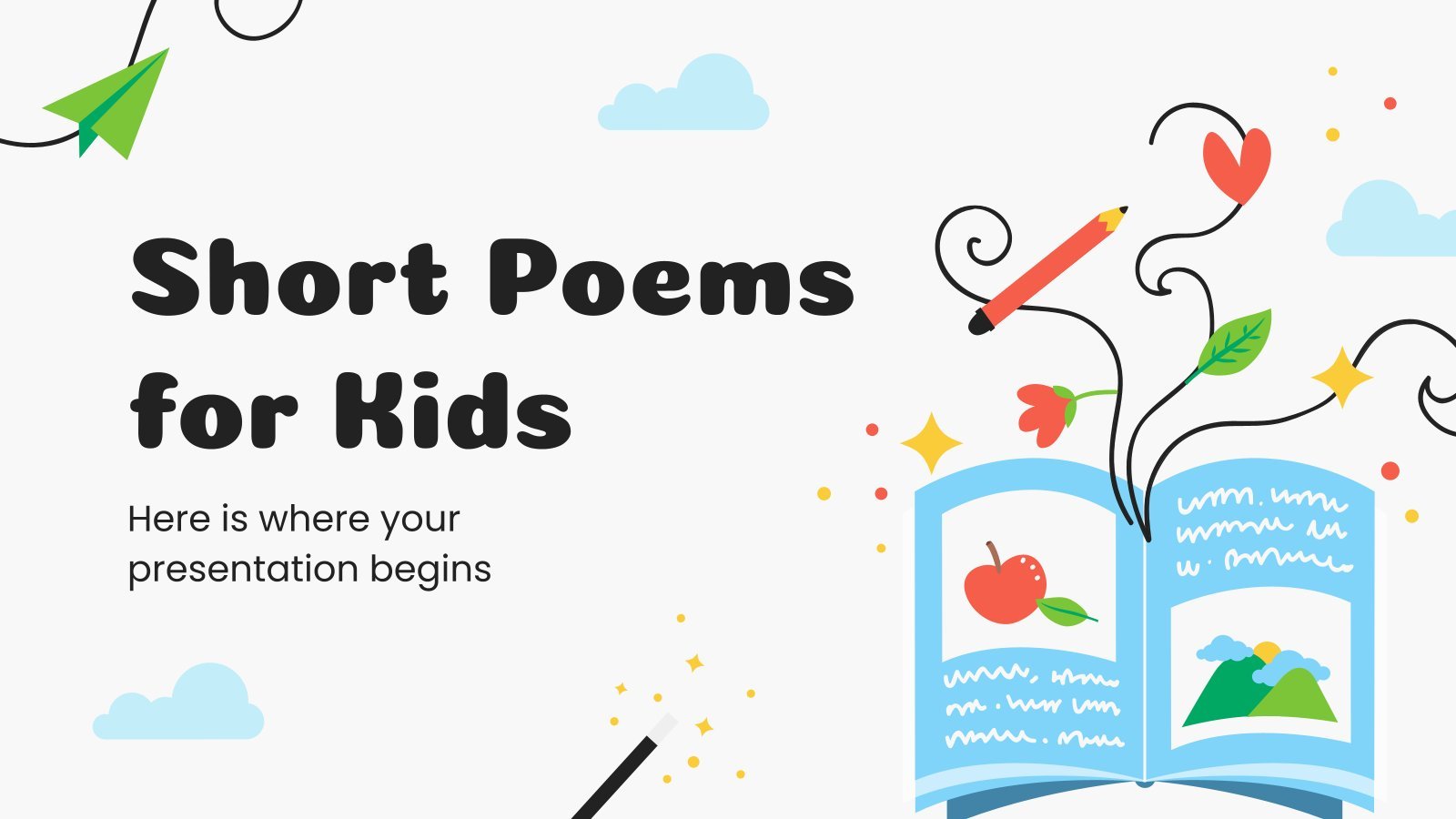
13 templates

66 templates
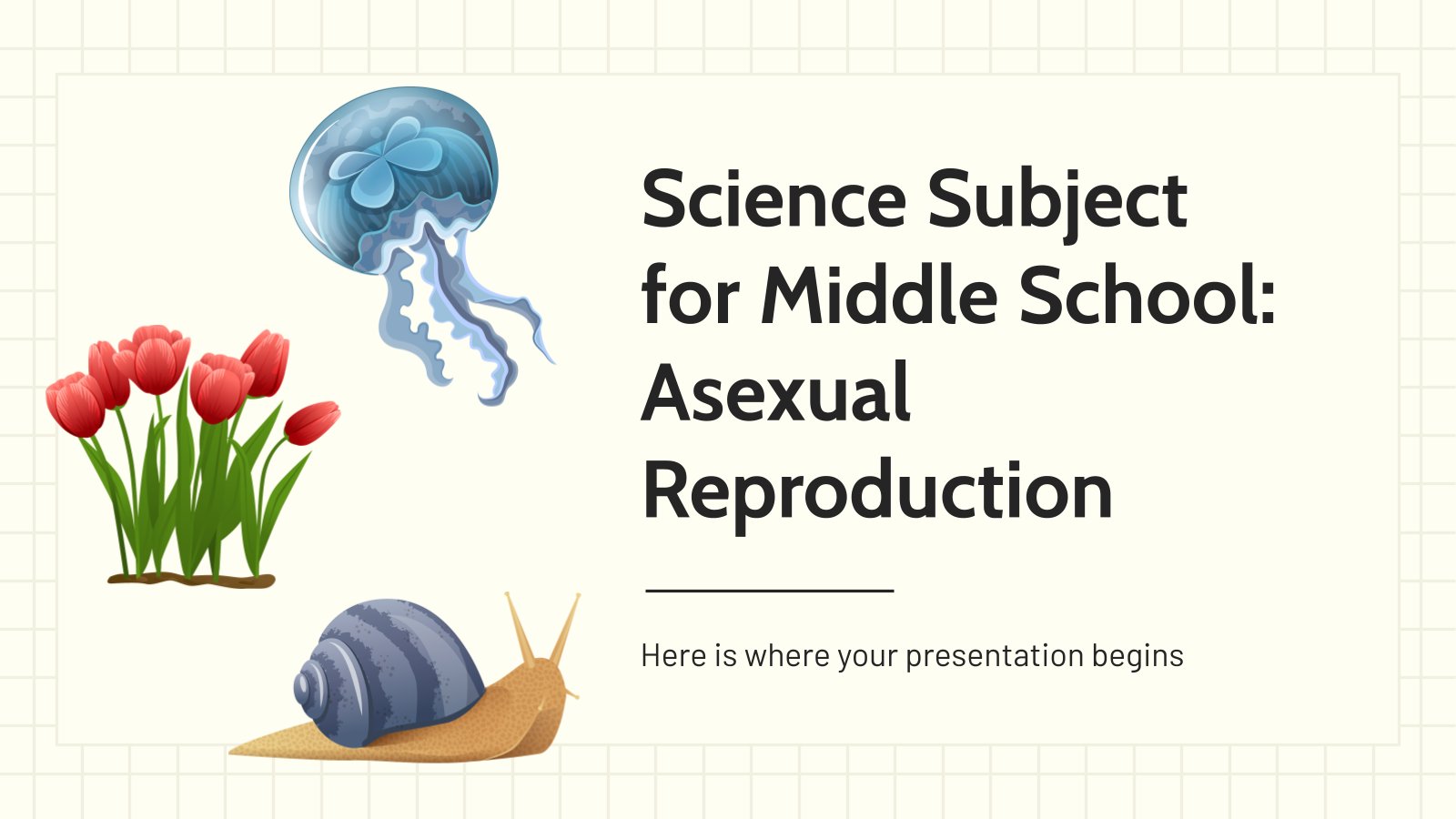
Middle School
136 templates
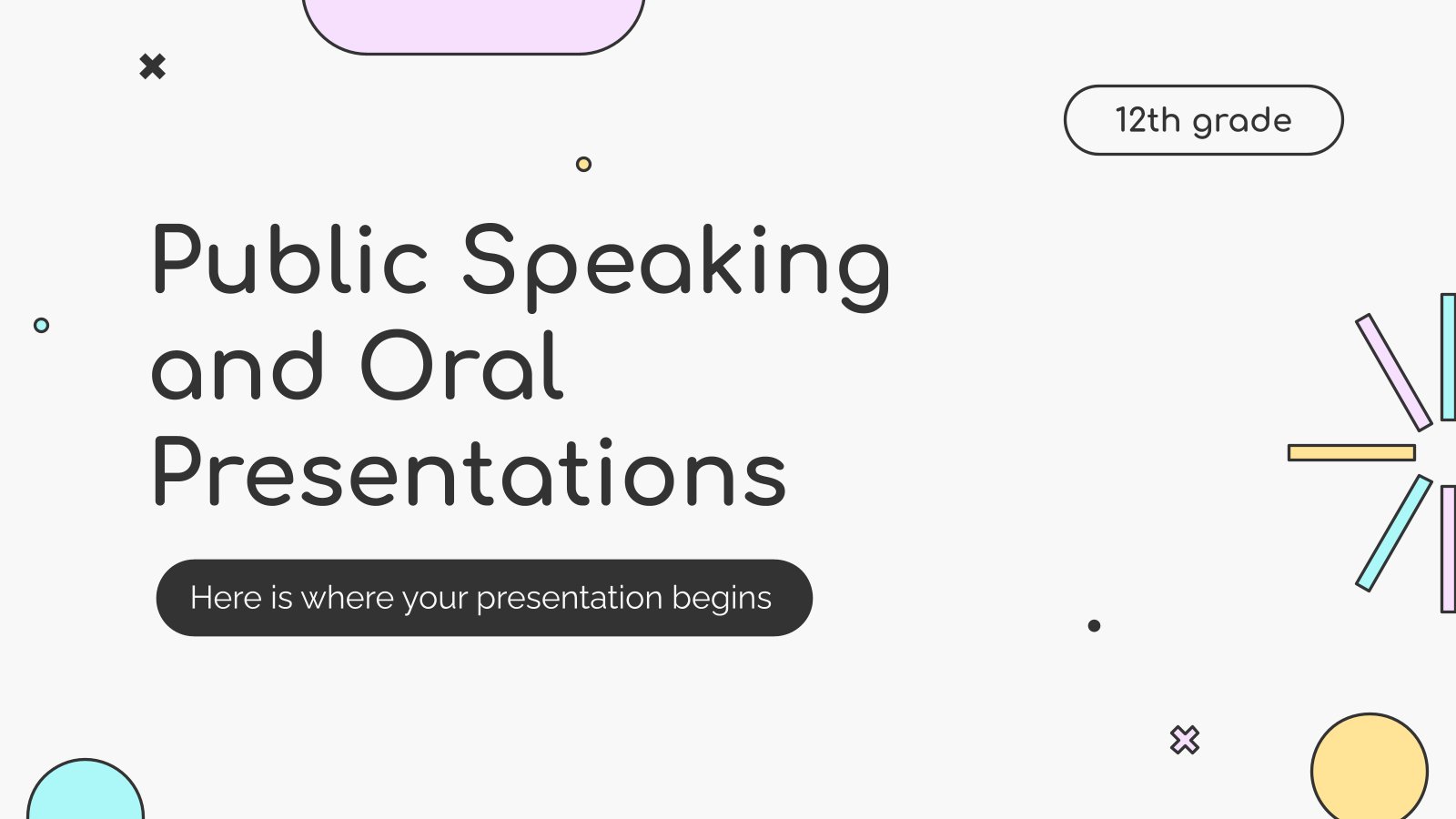
High School
223 templates

82 templates

Premium template
Unlock this template and gain unlimited access
Powerful Predators
Download the "Powerful Predators" presentation for PowerPoint or Google Slides and teach with confidence. Sometimes, teachers need a little bit of help, and there's nothing wrong with that. We're glad to lend you a hand! Since Slidesgo is committed to making education better for everyone, we've joined hands with educators....
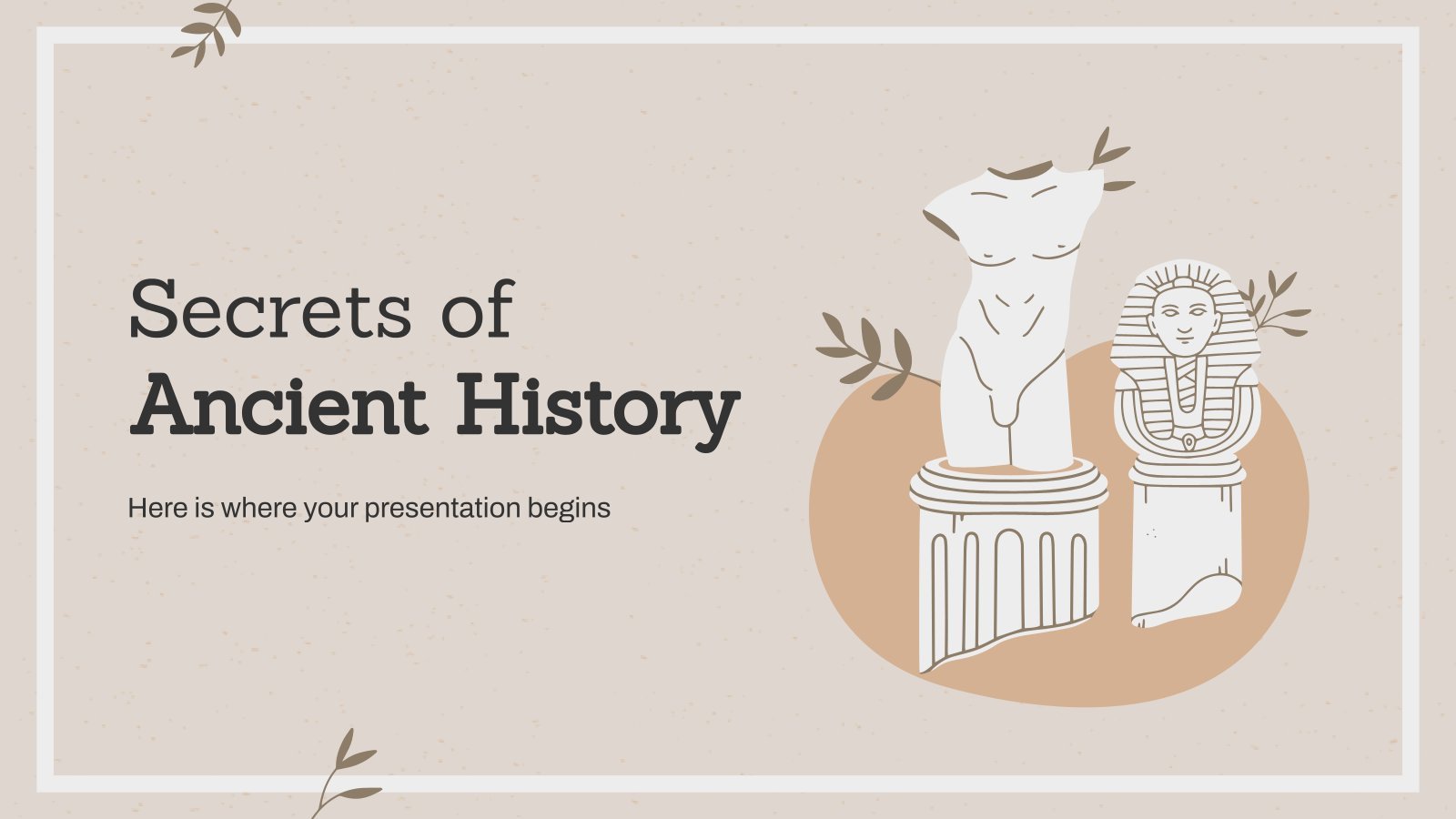
Secrets of Ancient History
Download the "Secrets of Ancient History" presentation for PowerPoint or Google Slides and start impressing your audience with a creative and original design. Slidesgo templates like this one here offer the possibility to convey a concept, idea or topic in a clear, concise and visual way, by using different graphic...
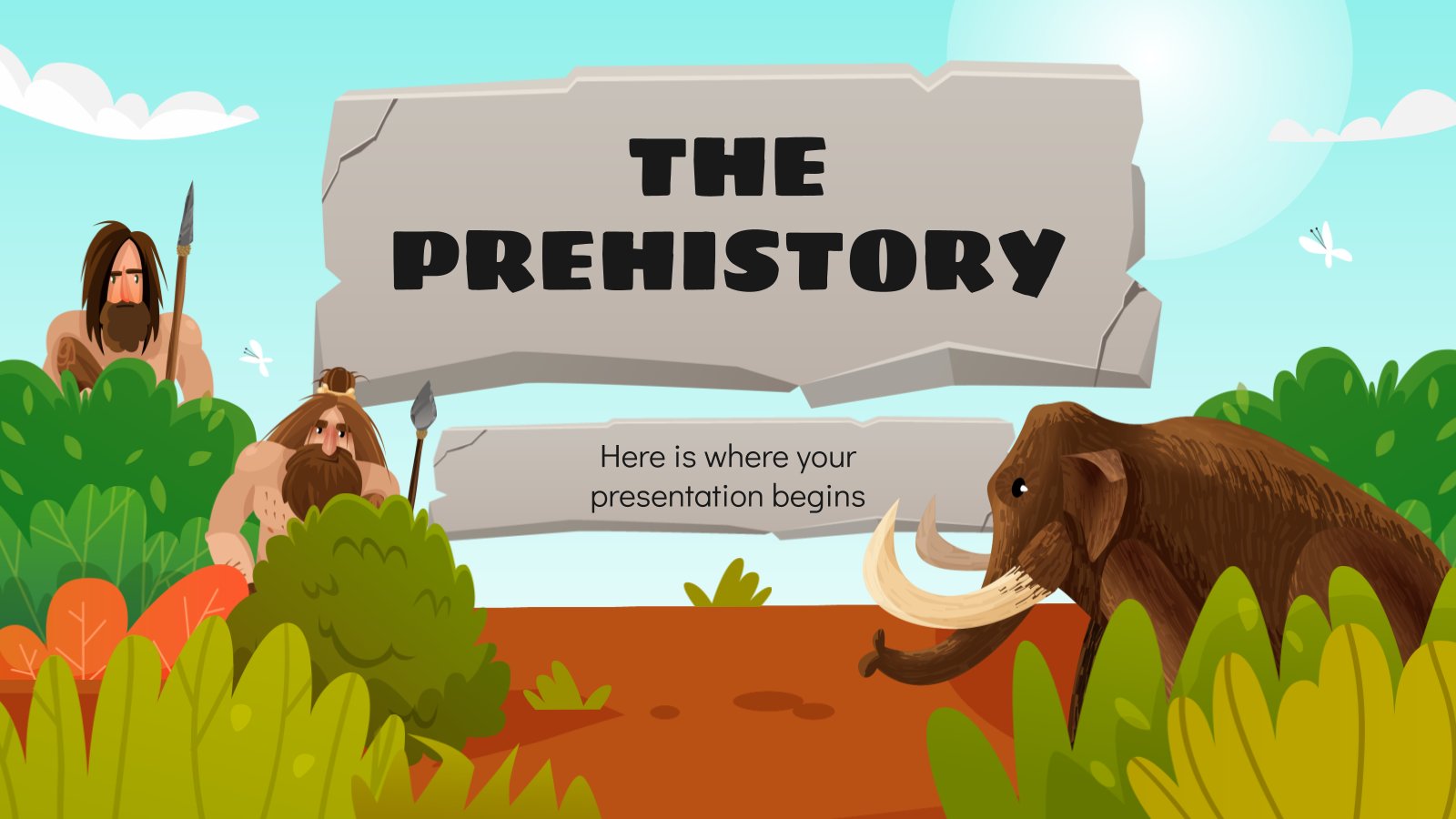
The Prehistory
It is agreed that prehistory is the period of time previous to the invention of writing systems. We all think of people as cavemen, with giant clubs and wearing some kind of clothing made of fur. Prehistory is more than that! Teach all you know, and all your students need...
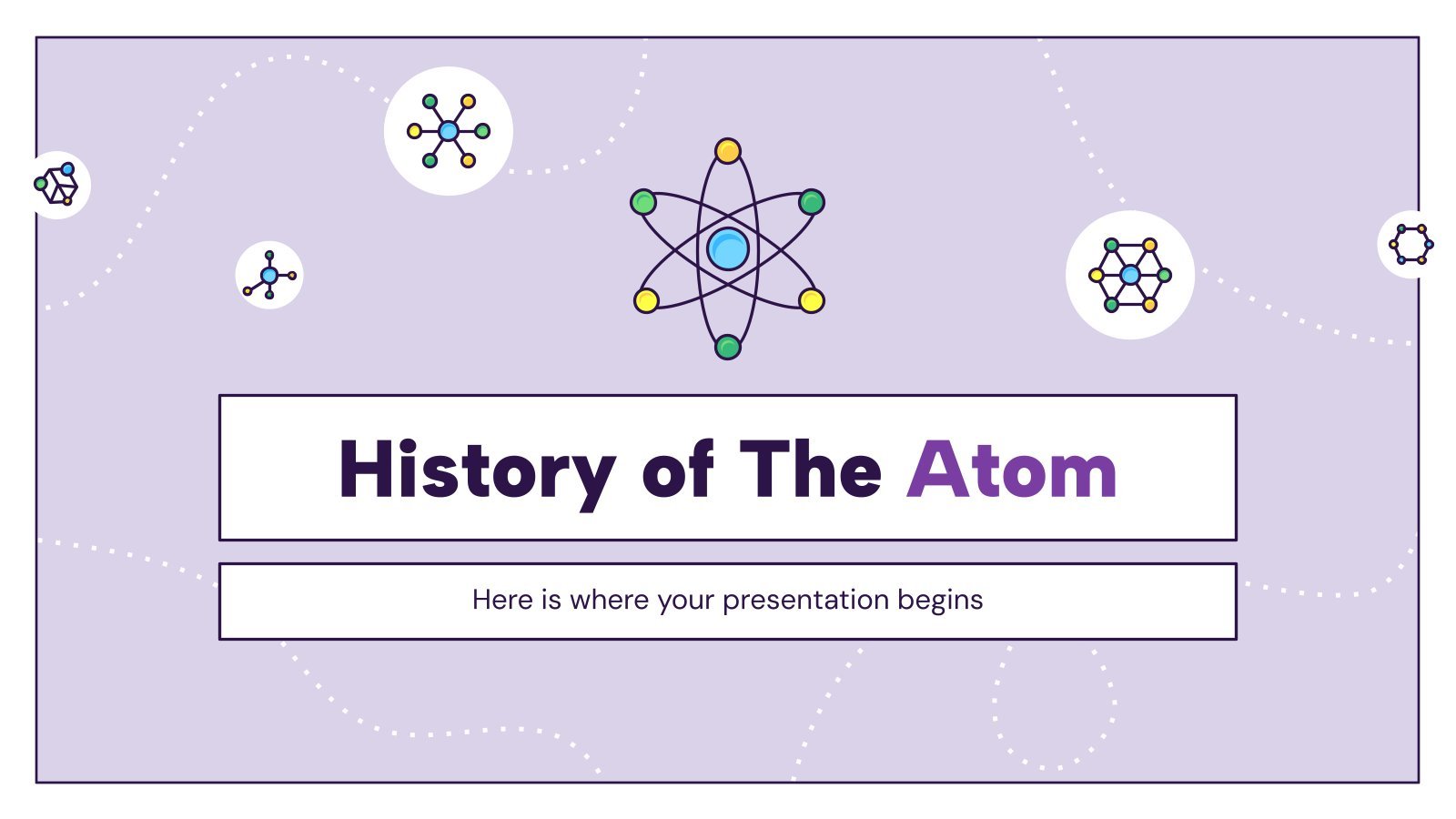
History of The Atom
Download the "History of The Atom" presentation for PowerPoint or Google Slides. The education sector constantly demands dynamic and effective ways to present information. This template is created with that very purpose in mind. Offering the best resources, it allows educators or students to efficiently manage their presentations and engage...

Christopher Columbus and the Discovery of America for Children
Download the "Christopher Columbus and the Discovery of America for Children" presentation for PowerPoint or Google Slides and easily edit it to fit your own lesson plan! Designed specifically for elementary school education, this eye-catching design features engaging graphics and age-appropriate fonts; elements that capture the students' attention and make...
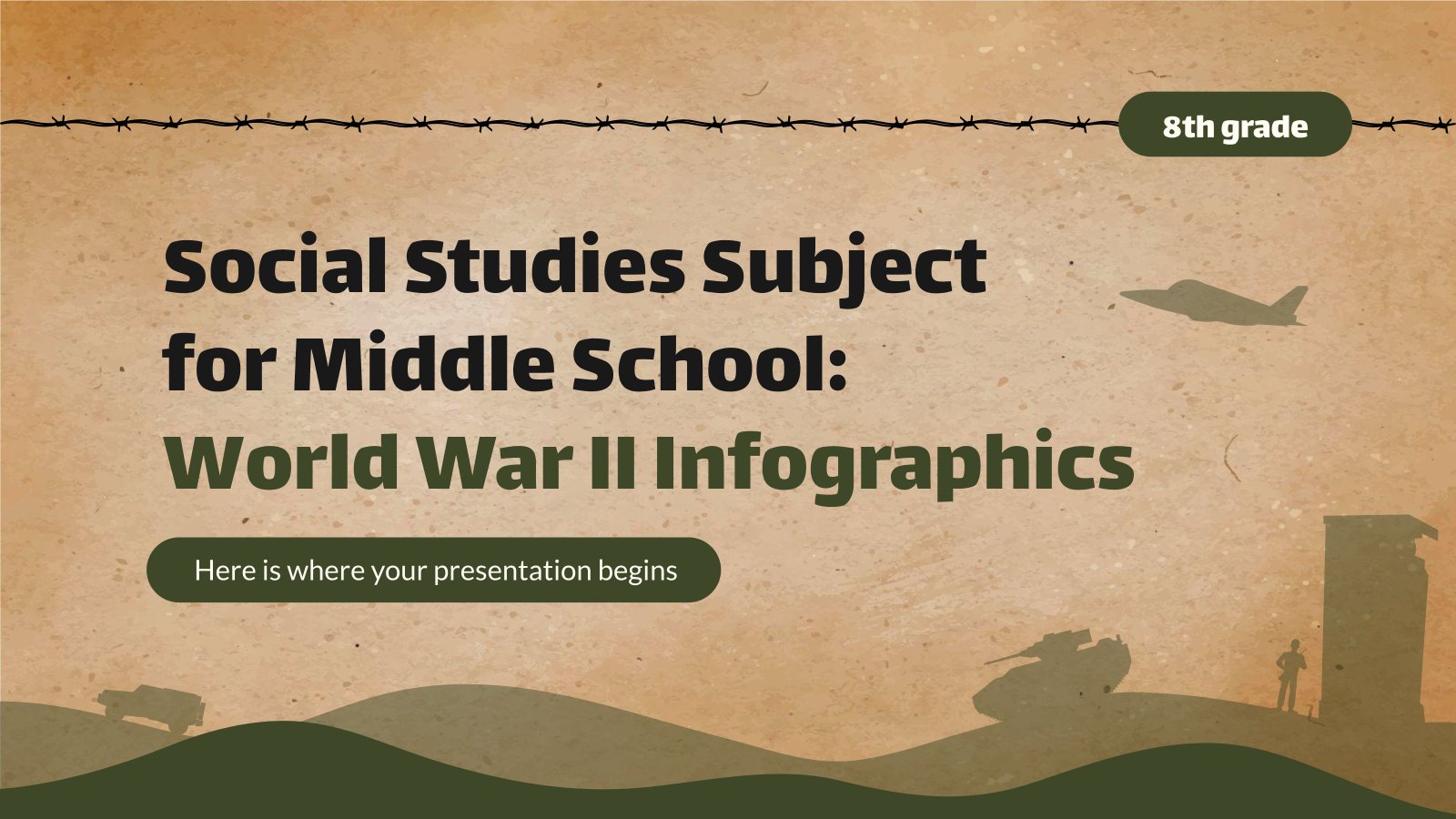
Social Studies Subject for Middle School - 8th Grade: World War II Infographics
Download the "Social Studies Subject for Middle School - 8th Grade: World War II Infographics" template for PowerPoint or Google Slides and discover the power of infographics. An infographic resource gives you the ability to showcase your content in a more visual way, which will make it easier for your...

Social Studies & History Subject for Middle School - 6th Grade: Ancient World History
Learning about our past is the best way of understanding our present. This template is perfect to present your students the different civilizations that emerged in ancient history and make them passionate about history. The slides have an appealing antique look that will take your audience in a trip to...

Vintage Paper History Lesson
Take your students on a fascinating journey through global history! Speak about human evolution, cultural and religious history, important inventions and political developments with this lovely presentation template with a background of creamy, vintage paper scraps. You can edit the graphs, map and everything else in these slides easily, so...
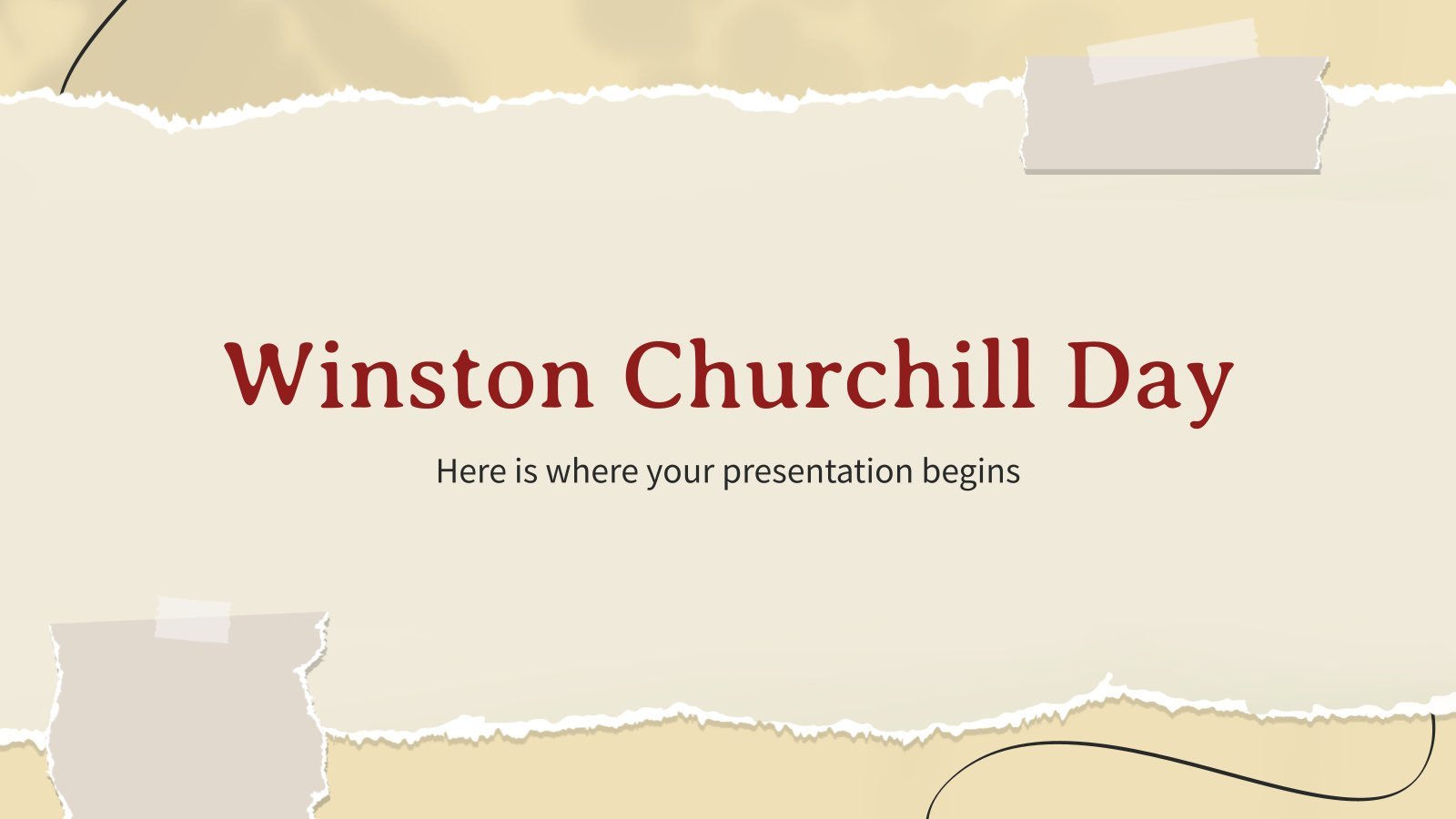
Winston Churchill Day
Download the "Winston Churchill Day" presentation for PowerPoint or Google Slides. The education sector constantly demands dynamic and effective ways to present information. This template is created with that very purpose in mind. Offering the best resources, it allows educators or students to efficiently manage their presentations and engage audiences....
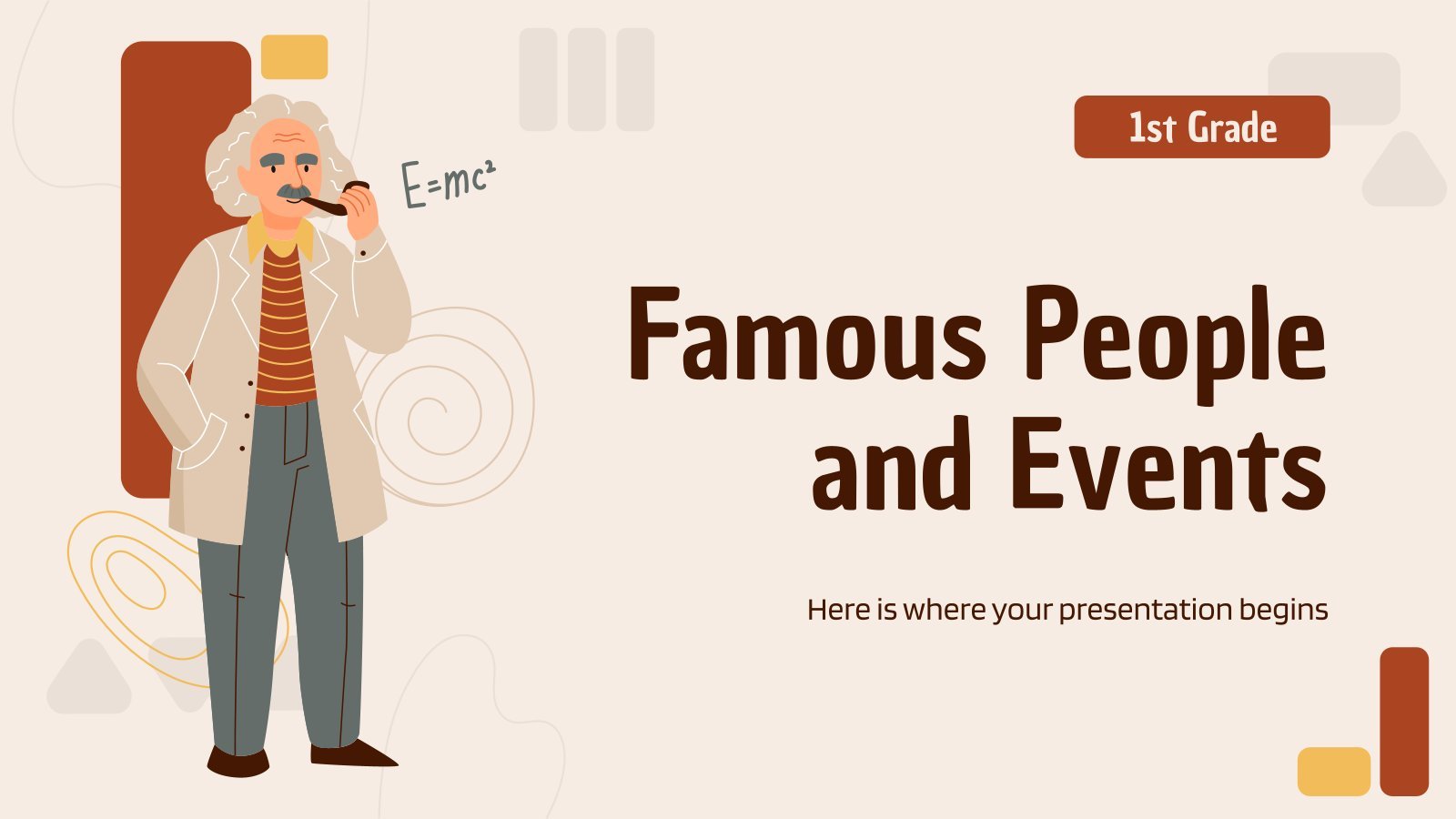
Famous People and Events - 1st Grade
Download the "Famous People and Events - 1st Grade" presentation for PowerPoint or Google Slides and easily edit it to fit your own lesson plan! Designed specifically for elementary school education, this eye-catching design features engaging graphics and age-appropriate fonts; elements that capture the students' attention and make the learning...
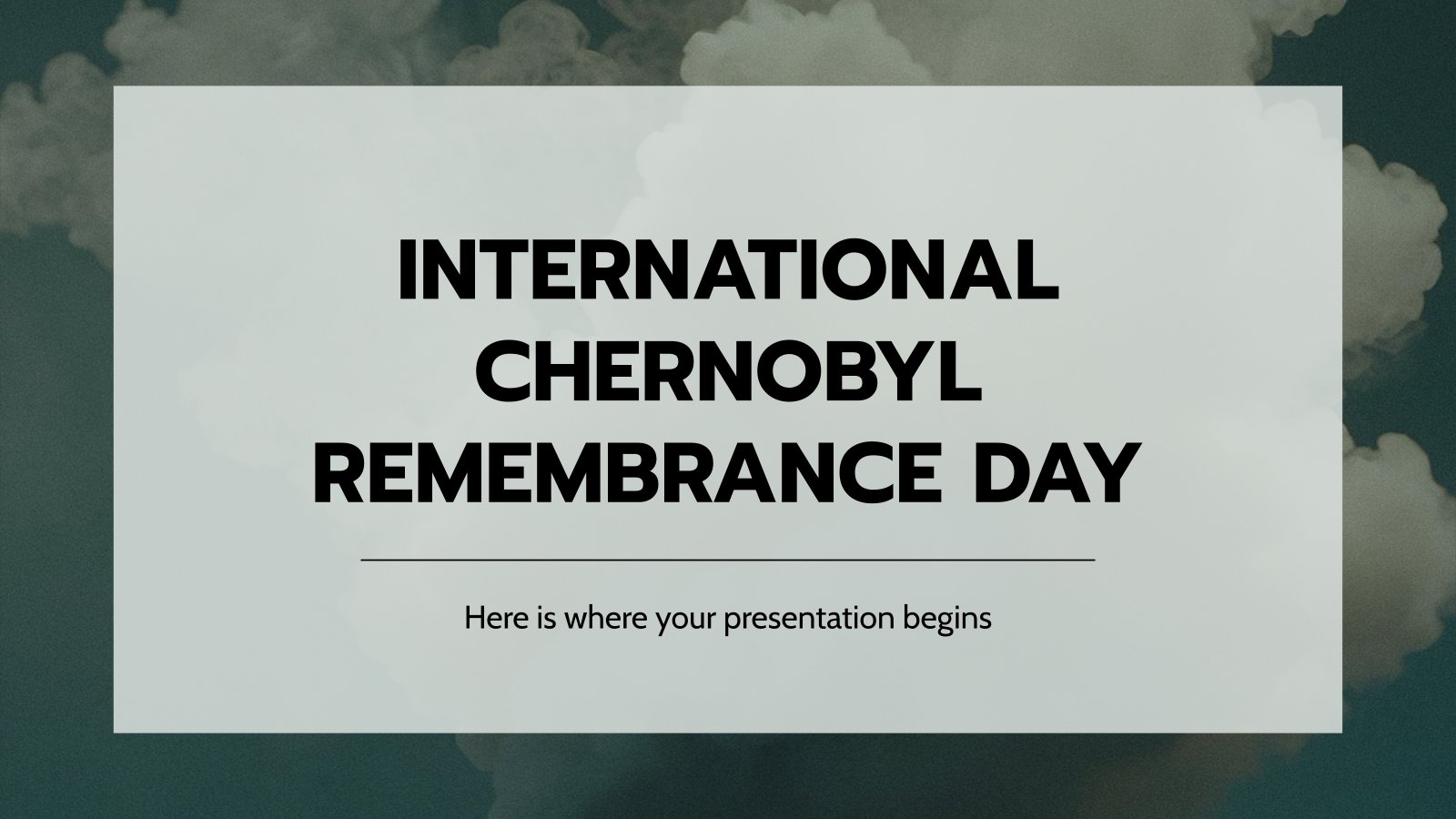
International Chernobyl Remembrance Day
Download the "International Chernobyl Remembrance Day" presentation for PowerPoint or Google Slides and start impressing your audience with a creative and original design. Slidesgo templates like this one here offer the possibility to convey a concept, idea or topic in a clear, concise and visual way, by using different graphic...

Papyrus History Lesson
History lessons tend to be boring for students, since they need to remember dates and a bunch of information. Make it entertaining by editing our free presentation template, whose backgrounds based on ancient papyrus rolls take it to the next level.

Art Subject for Elementary - 2nd Grade: Art History
Already at elementary level, you can make your students connect with the beauty and the aesthetic objects. How? By teaching Art History. Have this template as an extra resource for your class and use slides to reinforce the contents of the lesson. The layouts are not complicated at all: there...

Writing History Thesis
Are you finishing your writing history thesis and need a good presentation to impress the examination board? We propose you this vintage style template that fits wonderfully with the topic. It has a simple design, beige background and doodle illustrations of books, papyrus, quills, etc. that add sophistication to your...

Reconstruction Era and the Gilded Age - History - 11th Grade
In the United States, the Reconstruction Era followed the Civil War and sought to unite the nation and grant civil rights. The Gilded Age brought industrial growth, but also inequality and corruption. Both eras shared the struggle for civil rights and equity. So these are two periods loaded with historical...

Generation of '27
Generation of '27 is a group of avant-garde poets and artists who began to publish their work in the 20s of the 20th century. To help you explain this interesting part of Spanish literature to your students, we propose you this old-style brown template, with different illustrations of books, pens,...

Social Studies Subject for Middle School - 8th Grade: Geography and Colonialism
How did we all humans get to know each other? Well, it’s a complicated story about colonialism, discoveries and adventures, but it can be easy to understand if you as a teacher use the correct resources. This template includes maps, timelines, charts and tables that will give your history lesson...
- Page 1 of 61
New! Make quick presentations with AI
Slidesgo AI presentation maker puts the power of design and creativity in your hands, so you can effortlessly craft stunning slideshows in minutes.

Register for free and start editing online
200 Interesting Historical Events to Write About [New Tips]
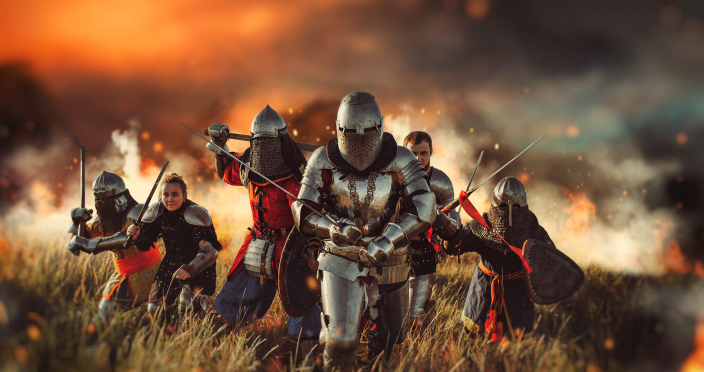
Have you ever wondered how multifaceted and diverse history is? It impresses us with a wide variety of interesting historical events. The mysteriousness and unpredictability make studying them even more exciting.
Nevertheless, writing a speech or an essay on history can be quite challenging for students. Since there are thousands of incidents to write about, choosing a good topic becomes incredibly difficult. Unprepared for an impressive diversity of major events in world history, you can get discouraged. Even delivering insightful information may start to seem stressful.
Fortunately, you have landed on our page! Our writing team has prepared a list of interesting events in history.
Are you looking for topics for a research project? Or maybe for a speech on National History Day? Or are you just searching for historical presentation tips? We can help you with everything! Just go to the corresponding section of the article and find useful information for you.
- Interesting Events
- National History Day
- Black History Month
- More Project Ideas
- Project Tips
- PowerPoint Ideas
- Speech Topics
- Presentation Tips
- History Questions
- 30 More Things
🔥 10 Interesting Historical Events
- The Chernobyl Disaster – 1986.
- Cold War – 1947-1991.
- The Black Plague – 1347-1348.
- The French Revolution – 1789-1799.
- DNA Discovery – 1869.
- Revolution in America – 1775-1783.
- The First Flight – 1903.
- The Vietnam War – 1955-1975.
- Salem Witch Trials – 1692-1693.
- Wall Street Market Crash – 1929.
🤗 Interesting History Project Ideas
An assignment of preparing a history project can provoke diverse emotions. One student can be extremely enthusiastic about the task. For another person, the history project can become a real trial.
The project preparation includes an impressive number of challenges. However, the main requirement for an outstanding history project is a fascinating topic.
Our team developed a list of interesting topics for a history project. So, do not waste your time on the topic search. Take a look at our ideas and chose the one you find the most insightful. If this information isn’t enough, you’re always welcome to check out a free essay database and get even more topics to discuss.

📅 Topics for National History Day
- American Revolutionary War.
- Great awakening’ history.
- History of Soviet Union.
- The Canadian Indians History: the White Paper 1969 .
- The development of women’s rights.
- Southeast Asia history: Chinese imperial expansion.
- Belize and Mexico history: people and civilizations.
- Liberty! The American Revolution.
- Christianity and Asceticism in the history of religion.
- Women’s status after the American Revolution.
- The consequences of interaction in cultures and civilizations.
- Abraham Lincoln’s thoughts in American history.
- The British mandates history: Jewish and Palestinian relations.
- Role of the civilian population in World War I.
- The Industrial Revolution and beyond: culture, work, and social change.

- World history: Enlightenment in society
- Concept of imperial powers in history.
- The major causes of the Cold War between the Soviet Union and the United States.
- History of Hitler’s Nazi propaganda.
- History of Russian Revolution in 1917.
- The Dark Ages as the Golden Ages of European history.
- Picasso and his paintings in modern world history.
- A social and political history of the United States.
- European colonization impacts on the native American population.
- Principles of liberalism and its connection to Enlightenment and conservatism.
- Japanese occupation in Philipines. Analyze the background of this event. How did World War II affect the occupation? Indicate the leaders of both parties. Analyze the consequences of Japanese occupation in Philipines for both countries.
- Pythagoras and his theorem in math.
- Mendeleev and his periodic table in chemistry.
- Einstein and his theories in physics.
- Martin Luther King as the most outstanding historical figure of USA history. Briefly introduce his biography. Why his speech I Have a Dream is so widely-discussed up till nowadays? Comment on Martin Luther King’s impact on the USA development.
- World War I and World War II. Compare and contrast the two world wars. What were the outcomes of both conflicts? In your opinion, during which war the military development was more effective?
- The mysterious origins of the USA flag. Did Americans have their flag during the American Revolution of 1775? Elaborate on that do the colors and the figures on the flag mean. When did the flag become an official symbol of America?
🖤 Topics for Black History Month
- Racism and segregation in American history.
- Reconsidering the history: Holocaust denial. The XXI century prospects.
- How useful is the term ‘fascism’ when applied generically to describe the far-right in interwar Europe?
- Rosa Parks: biography and influences.
- Blacks’ role in abolishing slavery.
- The Holocaust and Nazi Germany.
- Genocide in Rwanda: insiders and outsiders.
- Role African American women in the civil right movement.
- The propaganda of Adolf Hitler and Jim Jones .
- The rise of fascism.
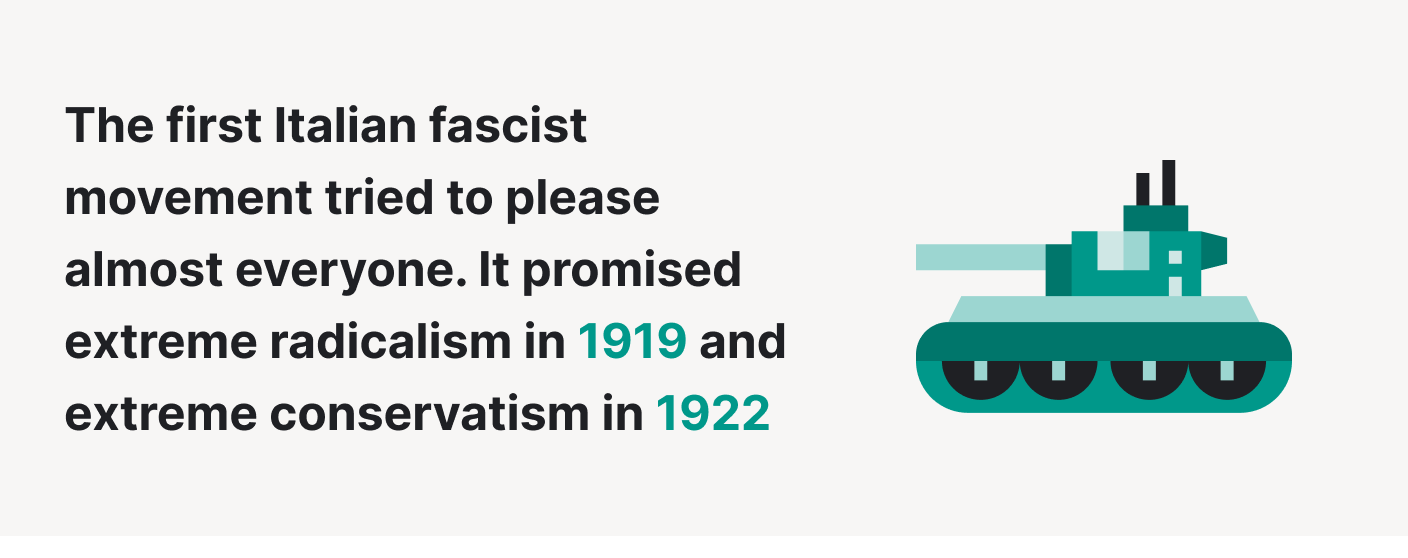
- Warfare and violence in ancient times .
- Suffering in the ancient Roman and Greek periods.
- Why did Europe undergo such a bloody and destructive period from 1914-1945?
- Holocaust history, its definition, and causes .
- German concentration camps and Japanese-American internment camps. Compare and contrast the conditions and distinctive features of German concentration camps and Japanese-American internment camps.
- Tortures in the ancient world. What were the forms of torture?Analyze the tortures in different parts of the world. Give your own opinion: are there any positive sides of tortures implementation?
- The Armenian genocide of 1915. Elaborate on the sequence of the events. What were the reasons for the genocide? Comment on the outcomes of this dark event.
- The dark side of World War II. Comment on the human losses during World War II. Elaborate on the horror of being in captivity.
- The horror of concentration camps . Analyze psychology as the tool of people’s extirpation. How did the torment was killing people? What was the reason for creating concentration camps?
- Terror during the Soviet Union’s existence. Are there any social studies that examine this issue? Comment on the ways terror was implemented. What were the reasons for terroristic actions? Analyze the opposition of terror. Elaborate on the outcomes.
📝 Other Historical Project Ideas
- Greek city-states – ancient civilizations.
- Islam and Christianity impacts on the medieval word.
- Comparisons of early Greek and early Roman cultures.
- Arts of China: tomb of Liu Sheng and Dou Wan Jade suits.
- The collapse of the greatest ancient civilizations: the Maya, the Aztec, and the Inca civilizations.
- Art history: female figures in Ancient Greek sculpture.
- Historical and theological context of Byzantine Iconoclasm.
- The history of Egypt and the Fertile Crescent.
- Concepts of the rise and fall of the Babylonian and Egyptian empires.
- Ancient civilizations: the Maya Empire.
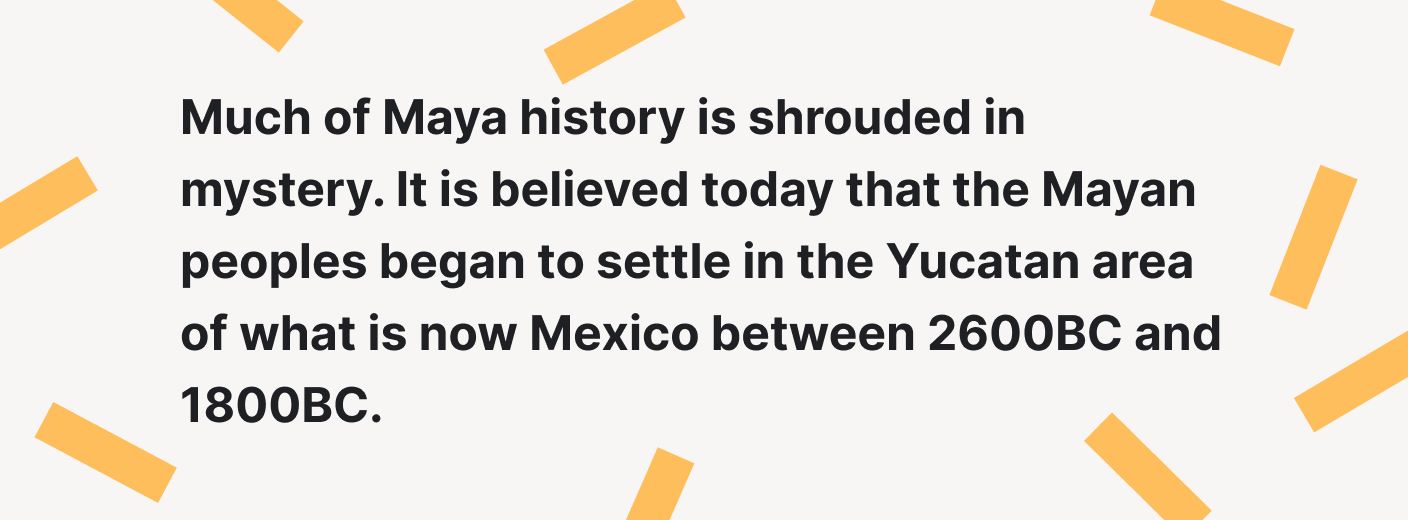
- Weapon development in early European civilizations.
- History of Celtic Christianity.
- Greek and Roman art on the campus.
- The first civilizations of North America.
- The Western Roman Empire: the significance of its collapse.
- The Agricultural Revolution: from the Neolithic Age to a New Era of agricultural growth.
- Rome in the Middle Ages and cultural transformation.
- The Stone Age period and its evolution.
- Civil Rights History .
- History of empires in the past and modern world.
- The comparison of Roman and Mongol empires.
- Military equipment and the technology of China in the Early Modern world.
- Ancient history: the Great Pyramid of Giza.
- Religion in Ancient Rome, the Byzantine Empire and the Holy Roman Empire.
- The Mongol Empire . Analyze the effects of the Mongol Empire’s expansion in China, Korea, and Japan.
- Ptolemy Family as one of the most powerful families in world history. Briefly describe the family history. How did this family impact ancient Egypt? While analyzing, focus your attention on the last queen of this line—Cleopatra VII. How did Cleopatra contribute to the prosperity of ancient Egypt?
- Cultural progress as one of the most interesting topics of history. Comment on the development of culture in various parts of the world. Were there any periods when it was regressing, not progressing? Compare the distinctive features of culture in Europe, Asia, and America.
- Adolf Hitler’s art. Briefly introduce Hitler’s biography. How did his lifespan affect his development as an artist? Comment on the topics reflected in Hitler’s artworks.
- The role of the church in the life of the middle ages in Europe. Analyze the connection between the church and the governmental sector in medieval times. What was the impact of the church on education and the economy in Europe? Comment on the problems of the medieval church.
- Waitangi Treaty history. Examine the intentions, expectations, and results of signing the Treaty of Waitangi.
🥇 History Project Tips
History project development is hardly ever uncomplicated. Sometimes, the process of preparation can result in a massive discouragement for students.
But wait, let us tell you something.
Our team of experts gathered the most useful tips in one place. Use them and make your project development process more pleasurable!
- Search for an appropriate topic. There are plenty of fascinating historical facts to talk about. The choice of the most relevant one will make your project indeed successful. Choose wisely. The project about the cultural regression of Europe on the European cultural day is a horrible idea. Unless you want to fail. Pick the topic that will be interesting for the audience and relevant to the event.
- Become a real expert in your field. To achieve the highest results, conduct the background and primary source research. You need to be ready to spend a lot of time investigating the topic on a deep level. It will help you to create a well-developed history project.
- Keep your materials in order. The development of historical projects requires a wide variety of materials. Prevent a mess! Sort out all the sources you are using and keep track of the additional materials. A wise arrangement will make the research process more smooth. This way, you will get the desired final product.
- Plan your time wisely. Even a dedicated history fan can develop a sophisticated history project in a short time. Therefore, don’t follow the popular student’s rule “I’m doing everything the night before the due date.” Divide your work into small chunks and create a project gradually. Also, review what you have done from time to time. It will help you to arrange your working plan to achieve a great result. Be flexible and create a worthy project.
- Create a unique final product. Your project has to be special and memorable. Provide some bright examples, introduce fascinating historical facts. Use additional aids (slides, posters, etc.) to impress your audience. Nobody is intrigued by common historical knowledge. Use a narrative writing style to deliver information effectively.
- Back-up everything! Do you think that the highest level of pain is then you break your leg? You are mistaken. Nothing can cause more pain then accidentally deleted documents or the missing piece of vital information. You might be asking yourself how to avoid this pain. In this case, here is the answer. Make a copy of your work and upload the document on a cloud. You will have easy access to it without risks of losing data.

😍 Interesting History Topics for Presentation
Are you stressing out about the upcoming history presentation? Are you lost in the topics to present? Are you not sure if you need any visual aid for your performance or not?
We have good news for you!
Our team collected the most interesting topics for a presentation. Below, you’ll find two sections. The first one offers topics for presentation with visual aids. The second one provides a wide variety of expressive informative speech topics. Picking one of them, you can deliver your information without any additional effects.
Scroll down and choose something useful for you
📽 Ideas for PowerPoint Presentations
- Rococo and neoclassical art.
- Historical art periods: a critical evaluation of Baroque and Rococo artistic styles.
- Collective invention during the Industrial Revolution.
- Renaissance versus Baroque.
- The ancient civilization of Maya.
- Ash Kyrie art: looking into the eyes of war.
- Western world history presentation.
- Imagination, values, and emotions in different historical art periods.
- The historical development of fine arts in Korea from 1950 to the present.
- Harlem Renaissance: historical and social background.
- Cultural exchanges in the Medieval Period.
- World War II innovations.
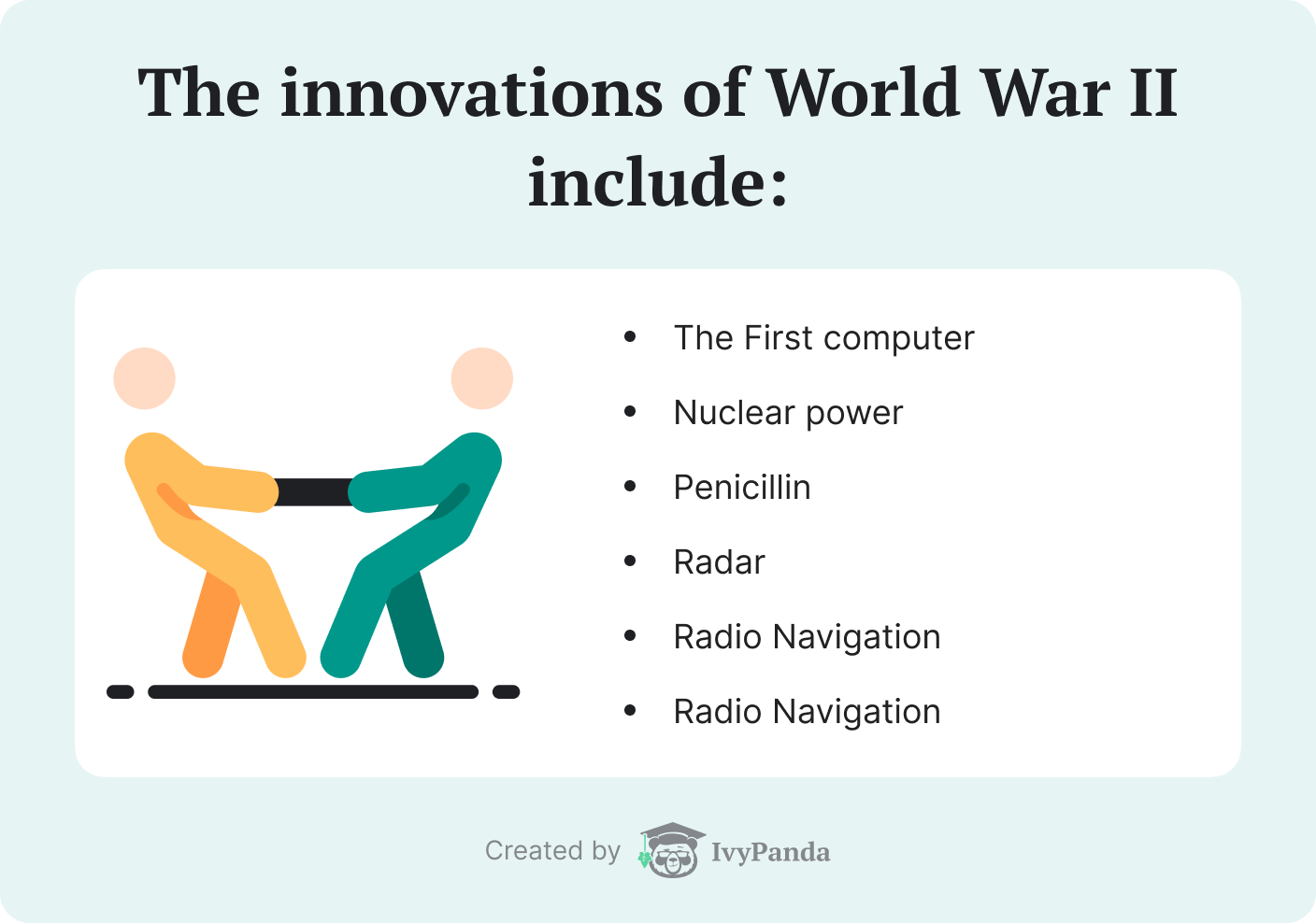
- A history of modern Europe: from the Renaissance to the present.
- Examining an archeological site: the pyramids of Egypt. There are plenty of interesting historical facts to choose from. Additionally, include some bright images if Egyptian pyramids in your PowerPoint presentation. Imagine how impressed your audience will be!
- Mayan calendar system. Show the main figures and tables. It will be beneficial for your audience’s understanding of the material.
- The four voyages by Christopher Columbus . Use maps as visual aids to illustrate the directions of Columbus’s voyages.
- From World War One to globalization. Conduct a historical investigation on the period between WWI and the globalization era. Use charts and graphs to smooth the digestion of information.
- The Kings of Ancient Egypt. Impress your audience with interesting facts about Egyptian kings. Appropriate images will help you to deliver information effectively.
- Scientific Revolution. Comment on the development of psychology, philosophy, physics, chemistry, and medicine. Illustrate the key figures of the scientific revolution in a PowerPoint presentation.
- World War II: consequences for the world. Even an impromptu speech will be successful if you use this topic. But if you add effective visual aids, your presentation will become even more memorable.
🎙 Historical Speech Topics
- Progressive Era in the United States.
- American Revolution and the crisis of the Constitution of the USA.
- Welcome to Ancient Egypt. When legends were born.
- Declaration of independence in American history.
- Concepts of feminism as one of the most controversial topics.
- Slavery and the Civil War relationship.
- The civil rights movement: oppressing the black population.
- The American War of Independence.
- The kings of ancient Egypt.
- Mongol conquest’ causes, battles, and results.
- Abraham Lincoln against slavery as one of the most interesting history informative speech topics.
- History’s definition and concept.
- The Great War’s history.
- Pearl Harbor history .
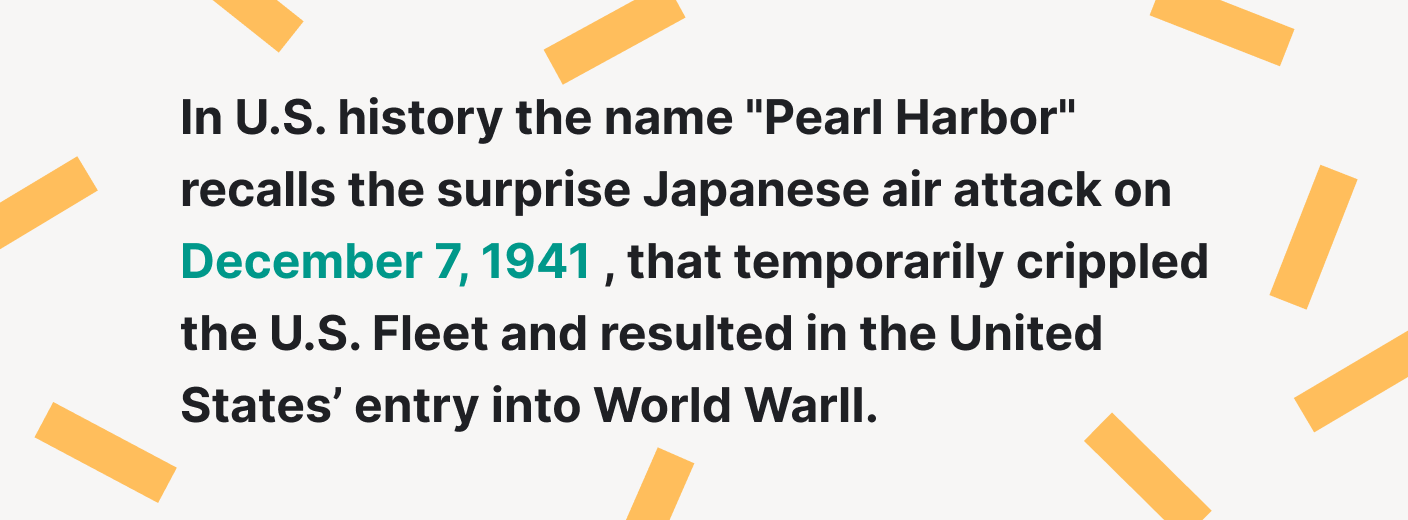
- French revolution and the Napoleonic era.
- Enlightenment in society – a topic for a successful public speaking performance.
- The significance of Martin Luther and the protestant reformation in the history of western civilization.
- Roman Lifestyles’ influence on civilization.
- History of Christianity contributions to the Western World.
- The Christian Crusades.
- African-Americans social reform.
- The war finance feature in promoting military success.
- European Christianity and its decline from the XVI century. Think of possible reasons for Christianity’s decline. Introduce them in your speech and elaborate.
- The Black Saturday Bushfires – a tragedy of 2009. As the event is relatively recent, try to search for information on social media. Social networking can assist in finding and processing the data.
- World War II as the most devastating war in world history. Introduce your own opinion regarding the losses of World War II. Provide a critical analysis of WWII’s impact on the modern world development.
- The heritage of the Soviet Union. Comment on of the Eastern, Central, and Western Europe unification. Compare and contrast social and cultural progress among countries of the Soviet Union.
- The history of the Berlin Wall. It’s one of the most insightful ideas for public speaking. Analyze the lifespan of the wall from its construction till the falling. What was the impact of the Berlin Wall on the country?
- The Sumerian
- The Akkadians
- The Amorites
- The Assyrians
- The Chaldeans
- Golden Pectoral—a famous cultural artifact. Where was Golden Pectoral found? Analyze the historical background. Where is it kept now?
- The European Union creation. Analyze the historical background of EU creation. What is the specific purpose of the EU? Briefly introduce the timeline of the process of EU creation. How does it operate now?

🗨 History Presentation Tips
Do you want to prepare an outstanding history presentation, but not sure where to start? Not a problem! Our team created a list of useful history presentation tips. Examine and implement them in your preparation process to ensure high-quality results.
- Create a strong introduction. The main purpose of the introduction put the listeners into the picture of the topic. That’s why, initially, you have to spark the interest of the audience. For that, include an attention-getter at the beginning of your presentation. Moreover, make sure your thesis statement is clear, and you previewed all the essential points. This will help your audience to follow up with your ideas.
- Develop an effective conclusion .To finish your speech successfully, spend time working on your conclusion. It has to summarize your arguments and provide a clear picture of the discussion. A small tip from us: An inspirational thought at the end will make your presentation more memorable.
- Work on the organization and development of the presentation. A clear and easy-to-follow structure is a formula for success. Thus, make sure you have strong transitions between the points. Pay attention to the accuracy of the information you present. Include proper citations of the sources and an annotated bibliography, if necessary. It will make your work informative and prevent a lot of misunderstandings.
- Make the delivery of your presentation effective. A natural posture, appropriate body language, well-established eye contact are underrated. They are critical for good delivery! The wise use of your voice’s capabilities will put you one level above the other performers. Practice a lot before delivering your speech to astonish the audience.
- Your visual aids have to be professional and clearly readable.
- Always refer to the visual aid while presenting the information (for instance, “Take a look at the graph”).
- Your PowerPoint slides will be useful only if you put the key ideas on it, but not the entire text.
- Before giving the speech, make sure all the technologies are working properly. Ensure that no pitfalls are waiting for you.
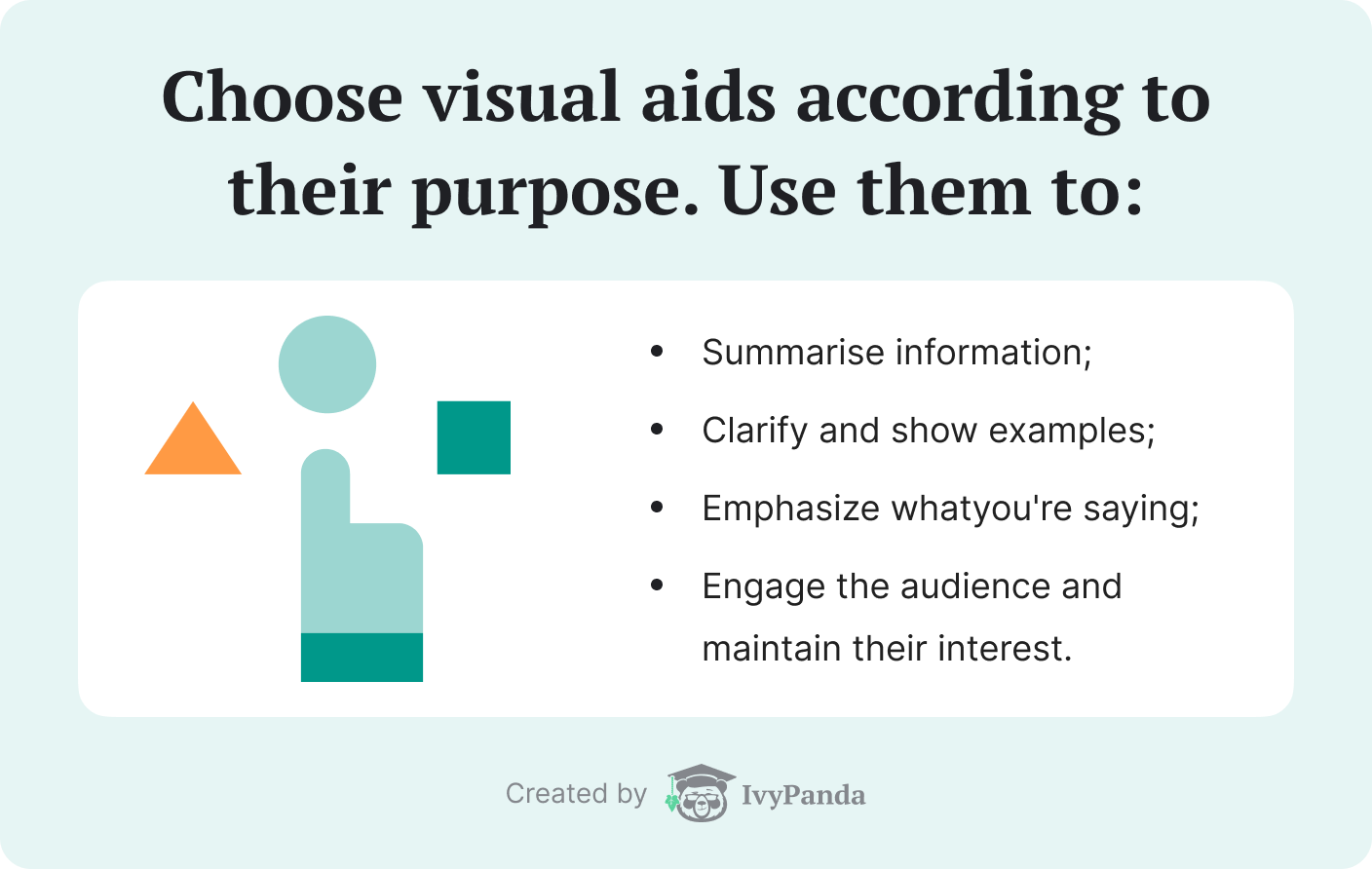
💯 Interesting Historical Questions
Our team’s aim is to help you succeed in history studying. Therefore, we decided that a list of basic historical questions will be useful for you. Look through it and ask yourself what is most appropriate for you.
- What is the connection between the Enlightenment and romantic age?
- What are the effects of the Industrial Revolution in relation to WW 1?
- What is the history of the imperialism era from 1848 to 1914?
- What are the parallels between the Revolutions of 1848 and Arab revolutions?
- What is the timeline of the Mexican war?
- Should the United States have annexed the Philippines?
- What is the role of airplanes during WW I (1914-1918)?
- What are the cultural relations between white and black people?
- What is the national and factual identity of Britons?
- What is the history of Athens?
- What is the impact of Julius Cesar on Rome’s development?
- What are the major aspects and historical events of the Cold War?
- What are the three Rs of the new deal in United States history?
- What was the role of the gardens in Great Depression?
- What was the Mesopotamian influence on the Oman Peninsula?
- What is the importance of US Foreign Policy between 1890-1991?
- What are the features of the Russian working-class movement?
- What is the role of America in World War 1?
- What are the causes of depression in the 1890s?

- Why the Scientific Revolution did not take place in China – or did it?
- What were the Great Britain Empire’s Alliances?
- What is the US Role in the Egypt-Israel war?
- Who are the legendary warriors of Old Japan?
- What are the similarities and differences between Malcolm X and Martin Luther King?
- What is the importance of the unification of GDR and FRG in the history of Germany?
- What effect did Industrialisation have on the levels of water pollution? Elaborate on the link between the lack of drinkable water and the Industrial Revolution.
- How did the development of psychology during the Scientific Revolution impact the world’s perception?
- What is the history of astronomy development and steroids studying during the Scientific Revolution?
- What are the most fun facts about the history of the world?
- What are some concepts of civilization development that are significant for the world’s history holistic picture?
👌 30 More Interesting Things in History to Write about
You have probably noticed already that there is plenty of interesting topics of history to write about. The essay writing process can become more pleasurable if you know what to analyze. When the students have a clear view of the time frame and territory they need to explore, they struggle less with a paper.
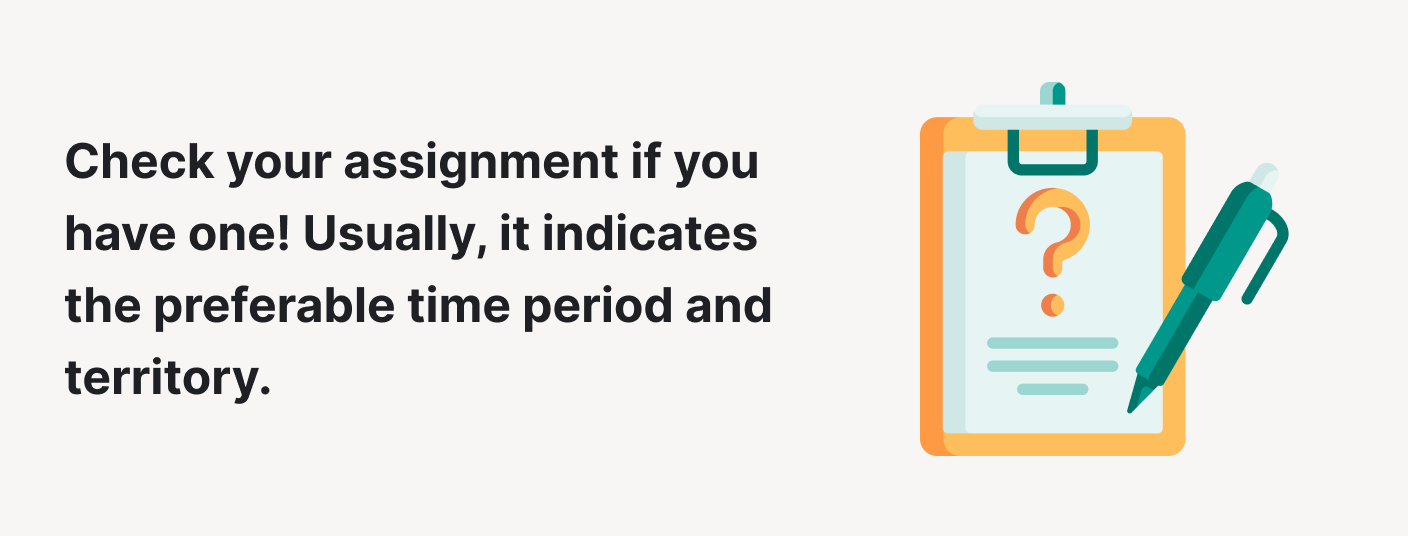
In case you’re asking yourself how to make the search for fascinating ideas easier, we have an answer. We prepared a pleasant bonus for you—a collection of interesting topics about history.
Five interesting things to write about in world history:
- World War I .
- World War II .
- Role of democracy in the world .
- Revolutions’ history and definition .
Five interesting things to write about in European history:
- The Roman Empire .
- The Thirty Years War .
- Protestant Reformation .
- Enlightenment and revolution .
- European Union .
Five interesting things to write about in US history:
- The Civil War .
- Progressive Era.
- Race relations and women’s status .
- Native American culture and American Indians .
- The Compromise of 1850 .
Five interesting things to write about in ancient history :
- The Stone Age period.
- Greek city-states.
- Ancient Egypt history .
- Mesopotamian civilization.
- Maya, Aztec, and Inca collapse .
Five interesting things to write about in modern history :
- Total War in modern world history .
- Industrial Revolution .
- Scientific Revolution .
- Renaissance period .
- Great Awakening’s history.
Five interesting biographies to write about:
- Alexander the Great .
- Karl Marx .
- Napoleon Bonaparte .
- Abraham Lincoln .
- Adolf Hitler .
Thank you for reading our article! We hope you found some useful tips and chose an interesting topic for your assignment. Do not forget to leave your comment and share our page with your friends!
🔗References
- The 25 Moments From American History That Matter Right Now: Time
- 5 (Recent) Historical Events You Should Discuss with Your Students: Josh Work, Edutopia
- Ideas, National History Day: Indiana Historical Society
- 3 Ways to Make a Good Presentation Great: Geoffrey James, Inc.com
- How to Convert Your Paper into a Presentation: Writing Studio, Thompson Writing Program, Duke University
- Oral Presentation and Powerpoint: The John A. Dutton e-Education Institute, the College of Earth and Mineral Sciences at The Pennsylvania State University
- Stages of a Historical Research Project: DoHistory
- Project Categories: National History Day, NHD
- 150+ Presentation Topic Ideas for Students [Plus Templates]: Orana Velarde, Visual Learning Center by Visme
- History: The Writing Center, University of North Carolina at Chapel Hill
- Writing a Thesis and Making an Argument: College of Liberal Arts and Sciences, The University of Iowa
- African American History Month: The Library of Congress
- Writing with Writers, Speech Writing, Tips from the Pros: Teacher’s Activity Guide, Scholastic
- 20 Public Speaking Tips for Students: Arlin Cuncic, Verywell Mind
- Share via Facebook
- Share via Twitter
- Share via LinkedIn
- Share via email
very brief and quick information
- Asian Pacific American History
- Women's History
- Collections

The Star-Spangled Banner
The flag that inspired the national anthem.
Upon entering this exhibition, visitors are immersed in the Battle of Baltimore, which inspired Francis Scott Key to write his famous lyrics. The almost 200-year old, 30-by 34-foot flag is displayed in a special environmentally-controlled chamber. An interactive table with a tactile image allows visitors to investigate key details of the flag and how it was made. The exhibition explores the flag as a family keepsake in the 19th century, the Smithsonian Institution’s efforts to preserve the artifact since 1907, and how Americans have used the Star-Spangled Banner—both the flag and the song—to express diverse ideas of patriotism and national identity.
Please note: Photography is not permitted in this exhibition. Learn why on our blog and download photos from Flickr.
Exhibition Website
The war, the flag, the song, and the legacy: the history of the Star-Spangled Banner is told in four parts. Explore an interactive flag in incredible detail and answer quiz questions correctly to get a special reward. Visit the website .

Upon entering the exhibition, visitors are immersed in the Battle of Baltimore, which inspired Francis Scott Key to write his famous lyrics.
Star Spangled Banner

As visitors enter the exhibition, they encounter the scene for a dramatic historic event: the Battle of Baltimore during the War of 1812, when this young nation survived an assault by the British.

The first stanza of the national anthem is projected prominently on the wall above the Star-Spangled Banner.

A special enclosure, with a 35-foot floor-to-ceiling glass wall, protects the fragile wool and cotton flag while providing maximum visibility to visitors.

A tactile image of the banner.

The preservation and exhibition of the Star-Spangled Banner was made possible by the leadership support of Polo Ralph Lauren and many other generous donors .
What caused Dubai floods? Experts cite climate change, not cloud seeding
- Medium Text
DID CLOUD SEEDING CAUSE THE STORM?

CAN'T CREATE CLOUDS FROM NOTHING
Sign up here.
Reporting by Alexander Cornwell; editing by Maha El Dahan and Alexandra Hudson
Our Standards: The Thomson Reuters Trust Principles. New Tab , opens new tab
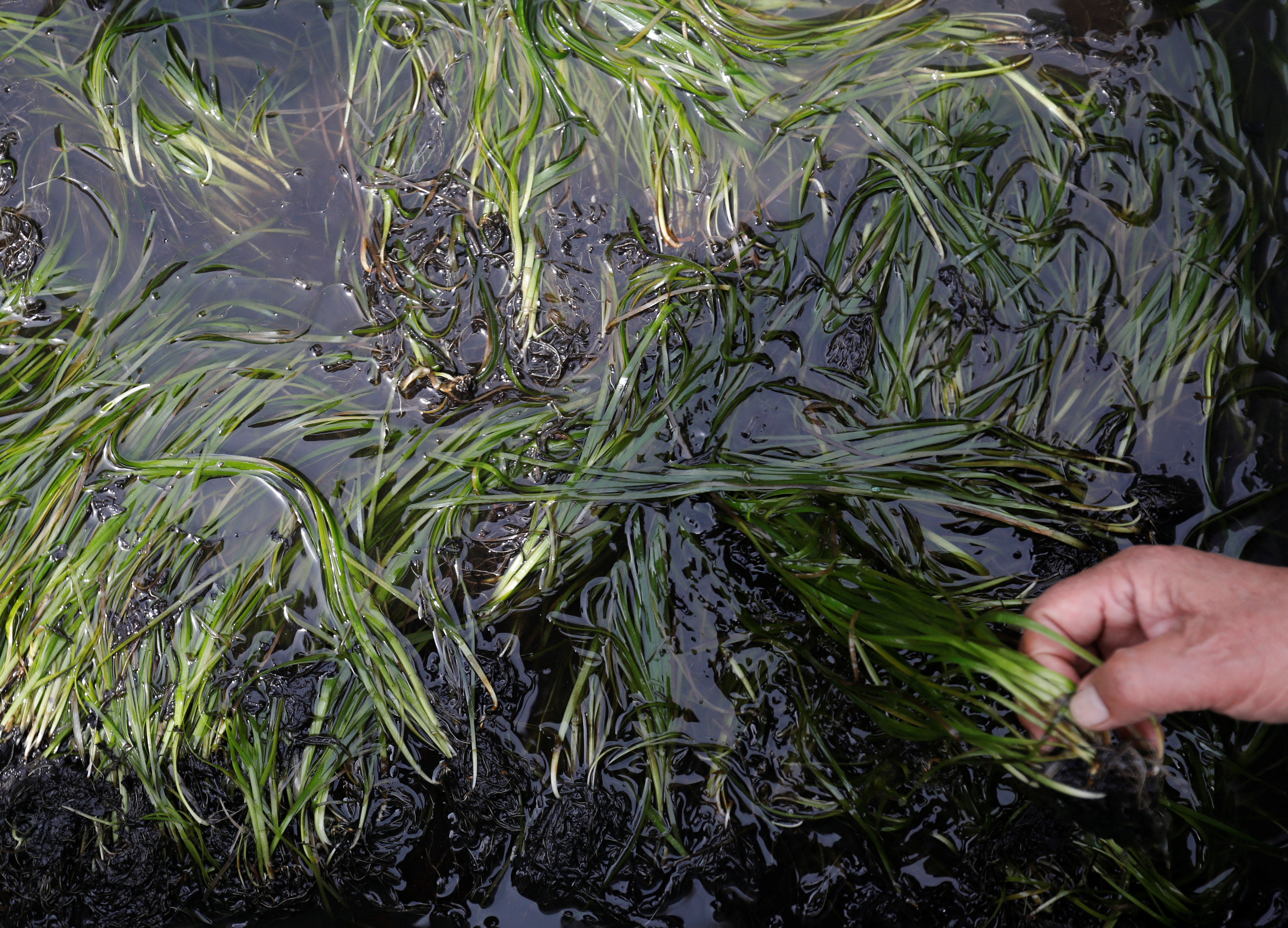
World Chevron

Australian police charge five teenagers in Sydney cleric's stabbing
Australian police said on Thursday they charged five teenagers with terrorism-related offences in investigations following the stabbing of an Assyrian Christian bishop while he was giving a livestreamed sermon earlier this month.
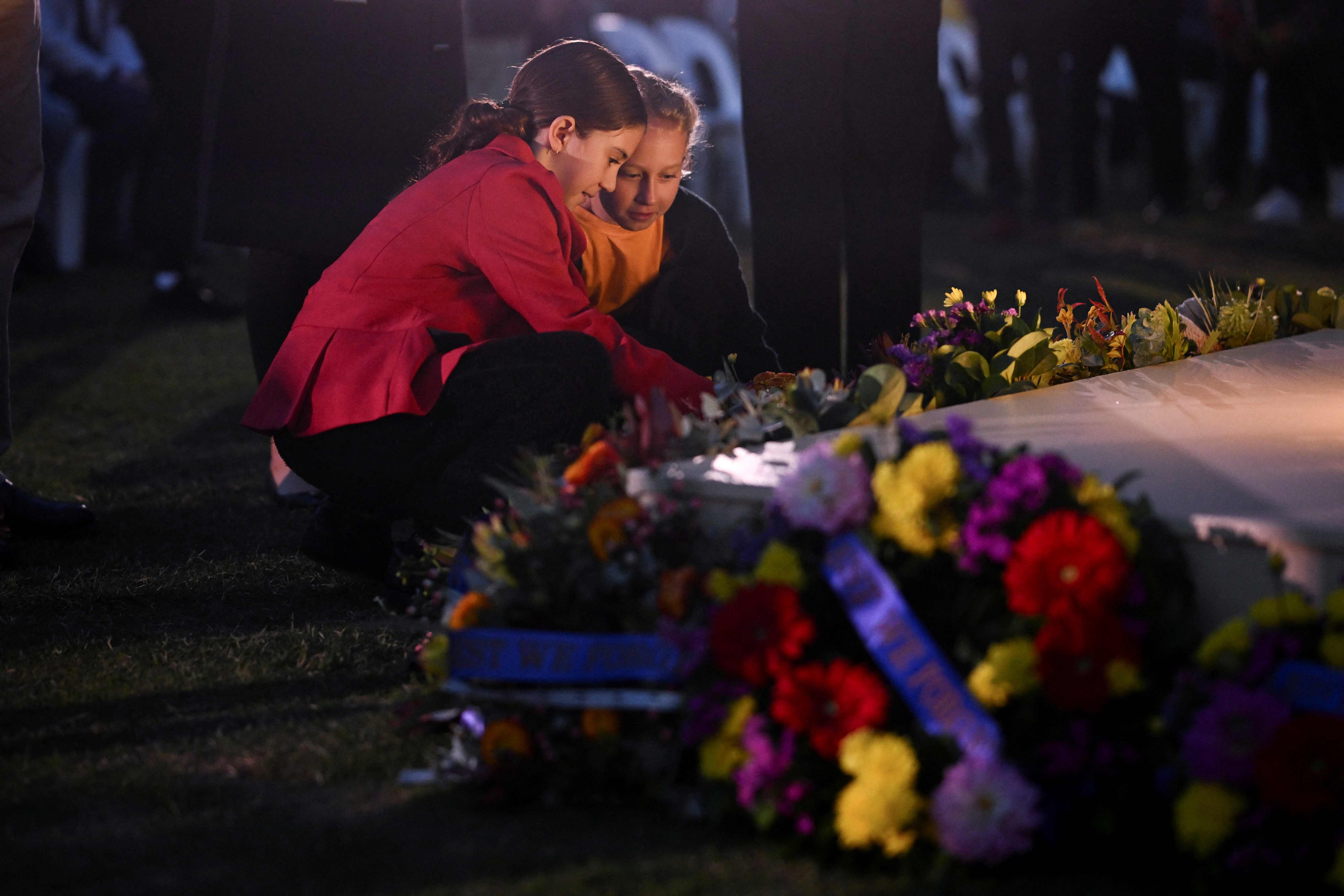
Numbers, Facts and Trends Shaping Your World
Read our research on:
Full Topic List
Regions & Countries
- Publications
- Our Methods
- Short Reads
- Tools & Resources
Read Our Research On:
Diverse Cultures and Shared Experiences Shape Asian American Identities
About six-in-ten feel connected to other asians in the u.s., table of contents.
- The making of Asian American identity and knowledge of Asian history in the U.S.
- Immigrant ties shape Asian Americans' identities and their life in the U.S.
- Asians in the U.S. share similar views among themselves and with the U.S. public on what it means to be American
- How Asians in the U.S. describe their identity
- Asian adults and the general public agree: U.S. Asians have many different cultures
- Whom do U.S. Asians consider Asian?
- A majority of Asian adults say others would describe them as Asian when walking past them on the street
- For many Asian adults, where they were born shapes friendships formed in the U.S.
- Most Asian adults are comfortable with intermarriage
- Some Asians say they have hidden their heritage
- Connections with other Asian Americans, politics and political parties
- Need for a national leader advancing the concerns of Asian Americans
- Asian American registered voters and political party
- About one-quarter of Asian adults say they are informed about U.S. Asian history
- What being ‘truly American’ means to U.S. Asians
- Fewer than half of U.S. Asians consider themselves typical Americans
- What do Asian Americans view as important for the American dream?
- Most Asian adults say the American dream is within reach, but about a quarter say they will never achieve it
- Acknowledgments
- Sample design
- Data collection
- Weighting and variance estimation
- Largest origin groups
- Educational attainment
- Immigration status
- Length of time living in the U.S. among immigrants
- Citizenship status among immigrants
Pew Research Center conducted this analysis to understand the rich diversity of people of Asian origin or ancestry living in the United States and their views of identity. The study is part of the Center’s multiyear, comprehensive, in-depth quantitative and qualitative research effort focused on the nation’s Asian population. Its centerpiece is this nationally representative survey of 7,006 Asian adults exploring the experiences, attitudes and views of Asians living in the U.S. The survey sampled U.S. adults who self-identify as Asian, either alone or in combination with other races or Hispanic ethnicity. It was offered in six languages: Chinese (Simplified and Traditional), English, Hindi, Korean, Tagalog and Vietnamese. Responses were collected from July 5, 2022, to Jan. 27, 2023, by Westat on behalf of Pew Research Center.
The Center recruited a large sample to examine the diversity of the U.S. Asian population, with oversamples of the Chinese, Filipino, Indian, Korean and Vietnamese populations. These are the five largest origin groups among Asian Americans. The survey also includes a large enough sample of self-identified Japanese adults, making findings about them reportable. In this report, the six largest ethnic groups include those who identify with one Asian ethnicity only, either alone or in combination with a non-Asian race or ethnicity. Together, these six groups constitute 81% of all U.S. Asian adults, according to a Pew Research Center analysis of the Census Bureau’s 2021 American Community Survey (ACS), and are the six groups whose attitudes and opinions are highlighted throughout the report. Survey respondents were drawn from a national sample of residential mailing addresses, which included addresses from all 50 states and the District of Columbia. Specialized surnames list frames maintained by the Marketing Systems Group were used to supplement the sample. Those eligible to complete the survey were offered the opportunity to do so online or by mail with a paper questionnaire. For more details, see the Methodology . For questions used in this analysis, see the Topline Questionnaire .
The survey research plan and questionnaire were reviewed and approved by Westat’s institutional review board (IRB), which is an external and independent committee of experts specializing in protecting the rights of research participants.
Even though the U.S. Asian population was the fastest growing racial and ethnic group in the country from 2000 to 2019 , it is still a relatively small population. According to the 2021 American Community Survey, the country’s Asian population constitutes 7% of the U.S. population (of all ages) and 7% of adults (those ages 18 and older).
Pew Research Center designed this study with these details in mind to be as inclusive as possible of the diversity of Asian American experiences. Even so, survey research is limited when it comes to documenting the views and attitudes of the less populous Asian origin groups in the U.S. To address this, the survey was complemented by 66 pre-survey focus groups of Asian adults , conducted from Aug. 4 to Oct. 14, 2021, with 264 recruited participants from 18 Asian origin groups. Focus group discussions were conducted in 18 different languages and moderated by members of their origin groups.
Findings for less populous Asian origin groups in the U.S., those who are not among the six largest Asian origin groups, are grouped under the category “Other” in this report and are included in the overall Asian adult findings in the report. These ethnic origin groups each make up about 2% or less of the Asian population in the U.S., making it challenging to recruit nationally representative samples for each origin group. The group “Other” includes those who identify with one Asian ethnicity only, either alone or in combination with a non-Asian race or Hispanic ethnicity. Findings for those who identify with two or more Asian ethnicities are not presented by themselves in this report but are included in the overall Asian adult findings.
To learn more about how members of less populous Asian origin groups in the U.S. identify, see the quote sorter based on our focus group discussions. There, you can read how participants describe their identity in their own words.
For this analysis, an additional national survey of 5,132 U.S. adults was conducted from Dec. 5 to 11, 2022, using Pew Research Center’s American Trends Panel . The survey of U.S. adults was conducted in English and Spanish. Respondents are recruited through national, random sampling of residential addresses.
Pew Research Center has conducted multiple studies that focus on Asian Americans. Previous demographic studies examined the diversity of origins , key facts , and rising income inequality among Asians living in the U.S. and key findings about U.S. immigrants. Qualitative studies have focused on what it means to be Asian in America as well as barriers to English language learning among Asian immigrants. Previous surveys have focused on concerns over discrimination and violence against Asian Americans, as well as studies about their religious beliefs . Find these publications and more on the Center’s Asian Americans topic page .
Pew Research Center is a subsidiary of The Pew Charitable Trusts, its primary funder. The Center’s Asian American portfolio was funded by The Pew Charitable Trusts, with generous support from The Asian American Foundation; Chan Zuckerberg Initiative DAF, an advised fund of the Silicon Valley Community Foundation; the Robert Wood Johnson Foundation; the Henry Luce Foundation; the Doris Duke Foundation; The Wallace H. Coulter Foundation; The Dirk and Charlene Kabcenell Foundation; The Long Family Foundation; Lu-Hebert Fund; Gee Family Foundation; Joseph Cotchett; the Julian Abdey and Sabrina Moyle Charitable Fund; and Nanci Nishimura.
We would also like to thank the Leaders Forum for its thought leadership and valuable assistance in helping make this survey possible.
The strategic communications campaign used to promote the research was made possible with generous support from the Doris Duke Foundation.
The terms Asian, Asians living in the United States , U.S. Asian population and Asian Americans are used interchangeably throughout this report to refer to U.S. adults who self-identify as Asian, either alone or in combination with other races or Hispanic identity.
Ethnicity and ethnic origin labels, such as Chinese and Chinese origin, are used interchangeably in this report for findings for ethnic origin groups, such as Chinese, Filipino, Indian, Japanese, Korean or Vietnamese. For this report, ethnicity is not nationality. For example, Chinese in this report are those self-identifying as of Chinese ethnicity, rather than necessarily being a current or former citizen of the People’s Republic of China. Ethnic origin groups in this report include those who self-identify as one Asian ethnicity only, either alone or in combination with a non-Asian race or ethnicity.
Less populous Asian origin groups in this report are those who self-identify with ethnic origin groups that are not among the six largest Asian origin groups. The term includes those who identify with only one Asian ethnicity. These ethnic origin groups each represent about 2% or less of the overall Asian population in the U.S. For example, those who identify as Burmese, Hmong or Pakistani are included in this category. These groups are unreportable on their own due to small sample sizes, but collectively they are reportable under this category.
The terms Asian origins and Asian origin groups are used interchangeably throughout this report to describe ethnic origin groups.
Immigrants in this report are people who were not U.S. citizens at birth – in other words, those born outside the U.S., Puerto Rico or other U.S. territories to parents who are not U.S. citizens. I mmigrant , first generation and foreign born are used interchangeably to refer to this group.
Naturalized citizens are immigrants who are lawful permanent residents who have fulfilled the length of stay and other requirements to become U.S. citizens and who have taken the oath of citizenship.
U.S. born refers to people born in the 50 U.S. states or the District of Columbia, Puerto Rico or other U.S. territories.
Second generation refers to people born in the 50 states or the District of Columbia, Puerto Rico or other U.S. territories with at least one first-generation (immigrant) parent.
Third or higher generation refers to people born in the 50 states or the District of Columbia, Puerto Rico or other U.S. territories with both parents born in the 50 states, D.C., Puerto Rico or other U.S. territories.
The nation’s Asian population is fast growing and diverse. Numbering more than 23 million, the population has ancestral roots across the vast, ethnically and culturally rich Asian continent. For Asians living in the United States, this diversity is reflected in how they describe their own identity. According to a new, nationwide, comprehensive survey of Asian adults living in the U.S., 52% say they most often use ethnic labels that reflect their heritage and family roots, either alone or together with “American,” to describe themselves. Chinese or Chinese American, Filipino or Filipino American, and Indian or Indian American are examples of these variations.
There are other ways in which Asians living in the U.S. describe their identity. About half (51%) of Asian adults say they use American on its own (10%), together with their ethnicity (25%) or together with “Asian” as Asian American (16%) when describing their identity, highlighting their links to the U.S.
And while pan-ethnic labels such as Asian and Asian American are commonly used to describe this diverse population broadly, the new survey shows that when describing themselves, just 28% use the label Asian (12%) on its own or the label Asian American (16%).
The survey also finds that other labels are used by Asian Americans. Some 6% say they most often prefer regional terms such as South Asian and Southeast Asian when describing themselves.
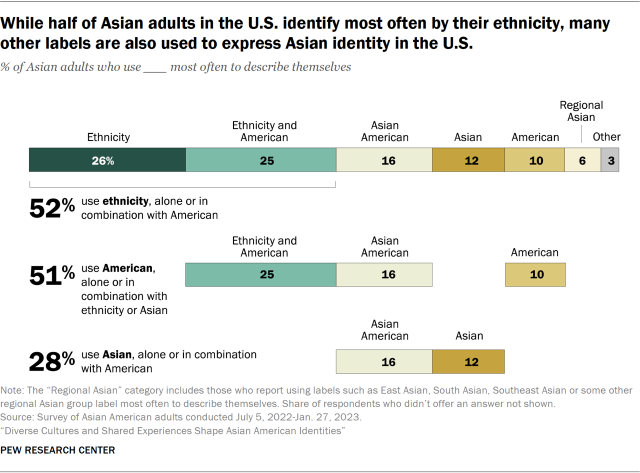
Asian adults see more cultural differences than commonalities across their group as well. When asked to choose between two statements – that Asians in the U.S. share a common culture, or that Asians in the U.S. have many different cultures – nearly all (90%) say U.S. Asians have many different cultures. Just 9% say Asians living in the U.S. share a common culture. This view is widely held across many demographic groups among Asian Americans, according to the survey.
The view that Asian Americans have many different cultures is also one held by the general public, according to another Pew Research Center survey of U.S. adults, conducted in December 2022. Among all U.S. adults, 80% say Asians in the U.S. have many different cultures, while 18% say they share a common culture. 1
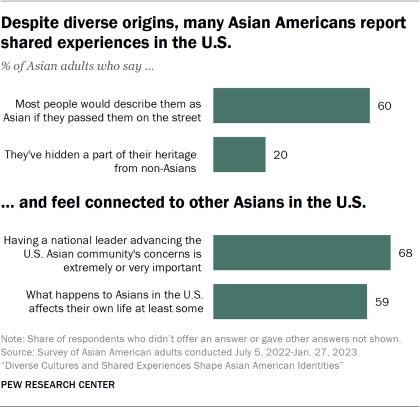
Though Asian Americans’ identities reflect their diverse cultures and origins, Asian adults also report certain shared experiences. A majority (60%) say most people would describe them as “Asian” while walking past them on the street, indicating most Asian adults feel they are seen by others as a single group, despite the population’s diversity. One-in-five say they have hidden a part of their heritage (their ethnic food, cultural practices, ethnic clothing or religious practices) from others who are not Asian, in some cases out of fear of embarrassment or discrimination. Notably, Asian adults ages 18 to 29 are more likely to say they have done this than Asians 65 and older (39% vs. 5%).
Asian adults in the U.S. also feel connected with other Asian Americans. About six-in-ten (59%) say that what happens to Asians in the U.S. affects their own lives, at least to some extent. 2 And about two-thirds (68%) of Asian Americans say it is extremely or very important to have a national leader advocating for the concerns and needs of the Asian population in the U.S.
The new survey also shows that large majorities of Asian adults share similar views on what it takes to be considered truly American. And they consider many of the same factors to be important in their views of the American dream.
These are among the key findings from Pew Research Center’s new survey of Asian American adults, conducted by mail and online from July 5, 2022, to Jan. 27, 2023. This is the largest nationally representative survey of its kind to date that focused on Asian Americans. The survey was conducted in English and five Asian languages, among a representative sample of 7,006 Asian adults living in the United States.
Asian Americans are 7% of the U.S. population, according to a Pew Research Center analysis of the 2021 American Community Survey. Their population is diverse, with roots in more than 20 countries in East Asia, Southeast Asia and the Indian subcontinent. About 54% of the national Asian population are immigrants. The six largest origin groups (Chinese, Filipino, Indian, Japanese, Korean and Vietnamese), a focus of this survey and report, together account for 79% of all Asian Americans.
Overall, about 34% of Asian Americans are the U.S.-born children of immigrant parents, and another 14% are of third or higher generation (meaning their parents were born in the U.S. as well), according to a Pew Research Center analysis of the 2022 Current Population Survey, March Annual Social and Economic Supplement.
This survey and report focus on Asian adults in the U.S. The six largest origin groups together account for 81% of Asian adults. And 68% of Asian American adults are immigrants, according to Center analysis of the 2021 American Community Survey. Additionally, 25% are the U.S.-born children of immigrant parents and 10% are of third or higher generation, according to Center analysis of government data.
The pan-ethnic term “Asian American” emerged in Berkeley, California, in the 1960s as part of a political movement to organize the diverse U.S. Asian population. The creation of an Asian American identity was in reaction to a long history of exclusion of Asians in the country, including the 1882 Chinese Exclusion Act and a pair of Supreme Court cases in the 1920s clarifying that Asians, including South Asians, are not “free White persons” and therefore were excluded from becoming naturalized U.S. citizens. 3 Subsequently, the term was adopted by the federal government and today is the principal identity label used by media, academics, researchers and others to describe today’s diverse Asian American population.
In most cases today, someone is considered Asian or Asian American if they self-identify as such. But Asian Americans do not necessarily agree on which regional or ethnic groups from the Asian continent they consider to be Asian, according to the new survey. The vast majority of Asian adults say they consider those from East Asia, such as Chinese or Koreans (89%); Southeast Asia, such as Vietnamese or Filipinos (88%); and to a lesser extent South Asia such as Indians or Pakistanis (67%) to be Asian.
But Asian adults are split on whether they consider Central Asians such as Afghans or Kazakhs to be Asian (43% of Asian adults say they are). While about half of Indian adults (56%) say they would include Central Asians in the category Asian, fewer than half of Filipino (40%), Chinese (39%), Japanese (34%), Korean (32%) and Vietnamese (30%) adults consider them Asian.
Few Asians say they are knowledgeable about U.S. Asian history
Asian Americans have a long history in the United States. From Chinese laborers who helped build the first transcontinental railroad, to Japanese immigrants who arrived as plantation workers in what is now the state of Hawaii, to the incarceration of Japanese Americans during World War II, to Filipinos being treated as U.S. nationals while the Philippines was a U.S. territory, the Asian American experience has been a part of U.S. history.
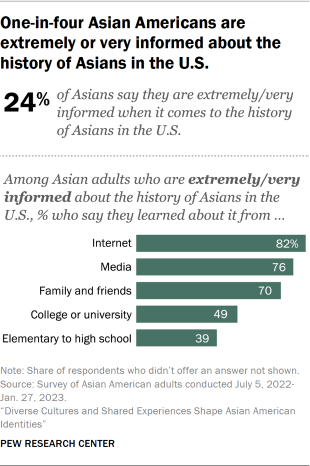
With the passage of the landmark Immigration and Nationality Act of 1965, a new wave of immigrants from Asia began arriving in the United States, creating a new, contemporary U.S. Asian history. The Vietnam War and other conflicts in Southeast Asia brought Vietnamese and other Southeast Asian refugees to the U.S. , first with the passage of the 1975 Indochina Migration and Refugee Assistance Act and then with the Refugee Act of 1980. The 1990 Immigration Act raised immigration ceilings and set in place processes that allowed the flows of Asian immigrants, particularly of high-skilled immigrants, to continue and expand. The U.S. technology boom of the 1990s and 2000s attracted many high-skilled immigrants, particularly from India and China, to tech centers around the country.
This rich history, however, is little-known to Asian adults, according to the new survey. One-in-four (24%) say they are very or extremely informed about history of Asians in the United States, while an equal share (24%) say they are little or not at all informed.
The majority of those very or extremely informed about the history of Asians in the U.S. say they learned about this history through informal channels: internet (82%), media (76%) and family and friends (70%). In contrast, 49% learned about it from college or university courses and 39% from elementary through high school.
Immigrant ties shape Asian Americans’ identities and their life in the U.S.
Immigration experiences, connections with home countries, and how long someone has lived in the U.S. shape many Asian Americans’ identities. Among Asian adults in the U.S., immigrants are more likely than those who are U.S. born to describe their identity most often with their ethnic labels, either alone or together with the label American (56% vs. 41%).
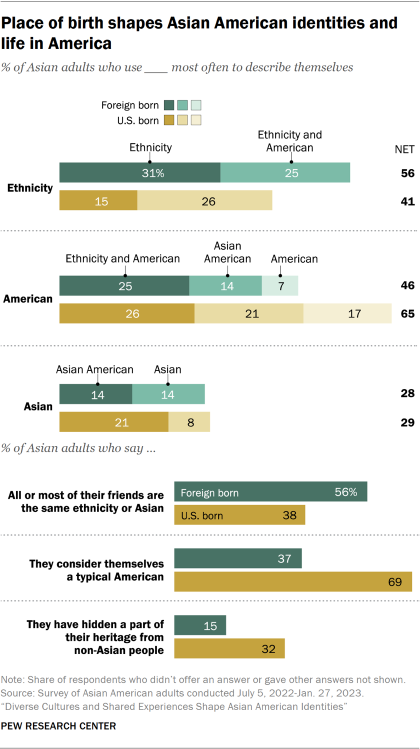
Meanwhile, Asian immigrants are less likely than U.S.-born Asians (46% vs. 65%) to say they most often describe themselves as American in some way – whether by their ethnic label combined with American, as Asian American, or simply as American. Still, nearly half of Asian immigrants describe themselves in one of these three ways.
When it comes to identifying with the label Asian – either alone or as Asian American – immigrant and U.S.-born Asians are about equally likely to say they do so (28% and 29% respectively). Immigrant Asians are less likely than U.S.-born Asians to identify most often as Asian American (14% vs. 21%).
On the question of seeing themselves more as a “typical American” or “very different from a typical American,” Asian immigrant adults are far less likely than those born in the U.S. to think of themselves as a typical American (37% vs. 69%).
Nativity is also tied to how Asians in the U.S. develop their friendships. Those who immigrated to the U.S. are more likely to have friends who are Asian or of the same ethnicity as them than are U.S.-born Asians (56% vs. 38%).
Asian immigrants (15%) are also less likely than U.S.-born Asians (32%) to have ever hidden a part of their heritage from people who are not Asian. When asked in an open-ended question to explain why they hide aspects of their culture, some U.S.-born respondents mentioned phrases such as “fear of discrimination,” “being teased” and “embarrassing.”
Views of identity among Asian American immigrants are often tied to time spent in the U.S.
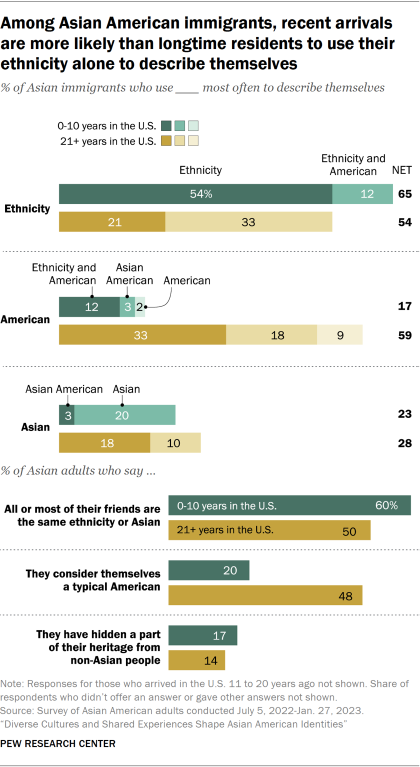
How long Asian immigrants have lived in the U.S. also shapes their identity and experiences. Those who arrived in the U.S. in the past 10 years are more likely than those who arrived more than 20 years ago to say they most often use their ethnicity, such as Filipino or Vietnamese, to describe themselves. And about two-thirds (65%) of those who arrived in the U.S. in the past decade describe their identity most often with their ethnicity’s name, either alone or combined with American, compared with 54% among those who have been in the country for more than two decades.
Roughly half (54%) of those who have arrived in the past 10 years say they most often use only their ethnicity to describe themselves, compared with just 21% of those who arrived more than two decades ago who say the same.
On the other hand, just 17% of Asian immigrants who arrived in the country in the past 10 years describe themselves most often as American, by their ethnic label combined with American, or as Asian American, while 59% of those who arrived more than 20 years ago do so.
When it comes to their circle of friends, 60% of Asian immigrants who arrived in the past 10 years say most or all of their friends are also Asian Americans, while 50% of those who arrived more than 20 years ago say the same.
And when asked if they think of themselves as typical Americans or not, Asian immigrants who arrived in the U.S. in the past decade are substantially less likely than those who arrived more than two decades ago to say they are typical Americans (20% vs. 48%).
The new survey also explored the views Asian Americans have about traits that make one “truly American.” Overall, Asian Americans and the general U.S. population share similar views of what it means to be American. Nearly all Asian adults and U.S. adults say that accepting people of diverse racial and religious backgrounds (94% and 91%), believing in individual freedoms (92% and 94%) and respecting U.S. political institutions and laws (89% and 87%) are important for being truly American.
Similarly, Asian Americans and the U.S. general population share in their views about the American dream. They say having freedom of choice in how to live one’s life (96% and 97% respectively), having a good family life (96% and 94%), retiring comfortably (96% and 94%) and owning a home (both 86%) are important to their view of the American dream. Smaller shares of Asian and U.S. adults (30% and 27%) say owning a business is important to their view of the American dream.
Here are other survey findings highlighting the diverse views and attitudes of Asian adults living in the U.S.:
- Indian adults are the most likely of the six largest Asian origin groups to say they most often use their ethnicity, without the addition of “American,” to describe themselves. About four-in-ten Indian adults (41%) say they do this. By comparison, smaller shares of Korean (30%), Filipino (29%), Chinese (26%) and Vietnamese (23%) adults do the same. Japanese adults (14%) are the least likely among the largest groups to use their ethnic identity term alone.
- Japanese adults are the least likely among the largest Asian origin groups to say they have friendships with other Asians. About one-in-three Japanese adults (34%) say most or all their friends share their own ethnicity or are otherwise Asian. By contrast, about half of all Indian (55%), Vietnamese (55%), Chinese (51%), Korean (50%) and Filipino (48%) respondents say the same.
- One-in-four Korean adults (25%) say they have hidden part of their heritage from people who are not Asian. Some 20% of Indian, 19% of Chinese, 18% of Vietnamese, 16% of Filipino and 14% of Japanese adults say they have done the same.
- Across the largest ethnic groups, about half or more say that what happens to Asians in the U.S. affects what happens in their own lives. About two-thirds of Korean (67%) and Chinese (65%) adults say this. By comparison, 61% of Japanese, 54% of Filipino, 55% of Indian and 52% of Vietnamese adults say they are impacted by what happens to Asians nationally.
- Most Asian adults among the largest ethnic origin groups say a national leader advancing the U.S. Asian community’s concerns is important. Roughly three-in-four Filipino (74%) and Chinese (73%) adults say it is very or extremely important to for the U.S. Asian community to have a national leader advancing its concerns. A majority of Vietnamese (69%), Korean (66%), Japanese (63%) and Indian adults (62%) says the same.
- About half of Vietnamese registered voters (51%) identify with or lean to the Republican Party. In contrast, about two-thirds of Indian (68%), Filipino (68%) and Korean (67%) registered voters identify with or lean toward the Democratic Party. And 56% of Chinese registered voters also associate with the Democratic Party.
- This finding is from a nationally representative survey of 5,132 U.S. adults conducted by Pew Research Center from Dec. 5 to 11, 2022, using the Center’s American Trends Panel . ↩
- In recent years, a major source of concern and fear among many Asian adults in the U.S. has been the rise in reported violence against Asian Americans . ↩
- For more on the history of the creation of an Asian American identity, see Lee, Jennifer and Karthick Ramakrishnan. 2019. “ Who counts as Asian .” Ethnic and Racial Studies. ↩
Sign up for our weekly newsletter
Fresh data delivery Saturday mornings
Sign up for The Briefing
Weekly updates on the world of news & information
- Asian Americans
- Immigrant Populations
- Integration & Identity
- Racial & Ethnic Identity
- Racial Bias & Discrimination
Key facts about Asian Americans living in poverty
Methodology: 2023 focus groups of asian americans, 1 in 10: redefining the asian american dream (short film), the hardships and dreams of asian americans living in poverty, key facts about asian american eligible voters in 2024, most popular, report materials.
1615 L St. NW, Suite 800 Washington, DC 20036 USA (+1) 202-419-4300 | Main (+1) 202-857-8562 | Fax (+1) 202-419-4372 | Media Inquiries
Research Topics
- Age & Generations
- Coronavirus (COVID-19)
- Economy & Work
- Family & Relationships
- Gender & LGBTQ
- Immigration & Migration
- International Affairs
- Internet & Technology
- Methodological Research
- News Habits & Media
- Non-U.S. Governments
- Other Topics
- Politics & Policy
- Race & Ethnicity
- Email Newsletters
ABOUT PEW RESEARCH CENTER Pew Research Center is a nonpartisan fact tank that informs the public about the issues, attitudes and trends shaping the world. It conducts public opinion polling, demographic research, media content analysis and other empirical social science research. Pew Research Center does not take policy positions. It is a subsidiary of The Pew Charitable Trusts .
Copyright 2024 Pew Research Center
Terms & Conditions
Privacy Policy
Cookie Settings
Reprints, Permissions & Use Policy

COMMENTS
Explore important topics and moments in U.S. history through historical primary sources from the Library of Congress. Top of page. ... The Post War United States, 1945-1968 ... Presentations; U.S. History Primary Source Timeline Colonial Settlement, 1600s - 1763 The American Revolution, 1763 - 1783 The New Nation, 1783 - 1815 ...
The 1920'S Anglo-American Relations: The Struggle for Supremacy; The successful essay paper on the US history usually depends on the writer's skills as well as the chosen topic. Always go for an interesting topic, and ensure that you do not bore your audience with dull issues. Above are some topic ideas to begin with.
Cool History Topics: 151 Great Historical Events & Ideas. by IvyPanda Updated on: Nov 8th, 2023. 11 min. 175,098. History is one of the most fascinating and influential fields of study. It's not merely a narration of the events of the past but a constant search for answers. It's a re-examination of our human experience and understanding of ...
for American History. Native Americans. Explorers, Colonization. 13 Colonies. Salem Witch Trials. French and Indian War. ... Free for Classroom Use - American History Powerpoints and Presentations. American History Lesson Plans, Units, Activities, Projects for Teachers.
153 US History Topics [2024 US History Essay Ideas] Updated: Mar 12th, 2024. 13 min. American history is not as long as the European one. However, it's one of the richest histories in the world. It's full of controversies, different opinions, and interesting facts. Those who study American history will find how many voices, perspectives ...
Infectious Disease History. Infectious disease, and our response to it, has shaped American history. The museum's collections document the technologies and techniques employed to prevent, diagnose, and treat infectious disease over the past 200+ years.
History of Science and technology in the United States. Work, job insecurity and inequalities youth income in the United States. History of US-Russian relations and the crisis in Ukraine. Hegemony, geopolitics and the United States. The Capitalist World System and the New Alignments Geopolitics in the 21st Century.
Create a free account to gain full access to the website. Save & Organize Resources. See State Standards. Manage Classes & Assignments. Sync with Google Classroom. Create Lessons. Customized Dashboard. Find supplementary resources for US History lesson plans. Motivate your students with videos and games aligned to state and national standards.
What does that mean for the United States? If you're seeing this message, it means we're having trouble loading external resources on our website. If you're behind a web filter, ... US history. 11 units · 43 skills. Unit 1. Worlds collide (1491-1607) Unit 2. Colonial America (1607-1754) Unit 3. The road to revolution (1754-1800) Unit 4.
A brief introduction to US history. The United States of America is a nation with a rich history and a noble goal: government of the people, by the people, for the people. Its citizens' struggle to achieve that goal is a dramatic story stretching over hundreds of years.
These come from the OpenStax college instructor resources. Since the slides are openly licensed, you are welcome to retain, reuse, revise, remix, and redistribute them. If you do revise them, make sure to follow these guidelines for creating accessible PowerPoints. Use this link to download all PowerPoint decks in a single .zip file (61 MB).
The Age of Jackson - Part 1. The Age of Jackson - Part 2. The Market Revolution. Economic Evolution & the Market Revolution (Mind Map) American Political Culture. The Four Turnings / Cycles of American History. The "Old South" - Slaves and Masters. Southern Society - Class Structure (Chart) Age of Reform (all in one Powerpoint)
On January 8, 1815, a ragtag army under the command of Andrew Jackson decisively defeated British forces in the Battle of New Orleans, even though the War of 1812 had actually already ended. News of the Treaty of Ghent (December 24, 1814) had yet to reach the combatants. The American victory made a national figure of future president Jackson ...
These 150 project ideas offer a diverse and engaging exploration of United States history. From the founding of the nation to contemporary issues, there's a wealth of topics to choose from. So, grab your time machine—whether it's a research paper, a presentation, or a creative project—and dive into the captivating story of America!
Studying United States history is important for students for several compelling reasons. Understanding National Identity: Learning about the history of the United States helps students understand the nation's unique identity, values, and culture.It provides insight into what it means to be an American and how historical events have shaped this identity.
In this program Ed Gordon reviews the military prowess of both commanders — their strengths, weaknesses and the final battles that pitted them against each other prior to the Appomattox surrender. Contact us to arrange for a presentation. These programs examine the larger historical context of the U.S. Civil War, analyze the personalities of ...
Presentation Topic Areas: The Second World War (1939-1945) was civilization's most destructive conflict. These programs elucidate the iconic events that helped to set the course of 20th-century history for the next 50 years and beyond. Aviation has a relatively short but varied history. These programs offer a window into two very different ...
HOLIDAYS 21st CENTURY GREAT DEPRESSION ASIAN HISTORY WORLD WAR I WORLD WAR II COLD WAR IMMIGRATION
Engaging and Informative Presentations on American History. Edward T. O'Donnell is a professional public speaker with decades of experience delivering engaging, informative, and thought-provoking presentations before business professionals, educators, and audiences of lifelong learners. See below for his presentation topics.
Search results 1 - 1 of 1. U.S. History Primary Source Timeline Explore important topics and moments in U.S. history through historical primary sources from the Library of Congress.
Woodrow Wilson. History Information Speech Topics. And here are some interesting history speech topic ideas: Dinosaurs and how they left the face of the earth. The role of Jawaharlal Nehru in India's independence. John F. Kennedy's scandals and assassination. The importance of the Great Wall of China.
Essentially, a good history presentation makes time travel possible. Transport your students to Ancient Rome or bring the Civil Rights Movement into stark clarity by highlighting the most poignant turning points throughout history. A good structure is key: communicate the facts as you tell a compelling story. Give it a beginning, middle, and end.
Download the "Winston Churchill History Lesson for High School" presentation for PowerPoint or Google Slides. High school students are approaching adulthood, and therefore, this template's design reflects the mature nature of their education. Customize the well-defined sections, integrate multimedia and interactive elements and allow space ...
History of Hitler's Nazi propaganda. History of Russian Revolution in 1917. The Dark Ages as the Golden Ages of European history. Picasso and his paintings in modern world history. A social and political history of the United States. European colonization impacts on the native American population.
The preservation and exhibition of the Star-Spangled Banner was made possible by the leadership support of Polo Ralph Lauren and many other generous donors. Upon entering this exhibition, visitors are immersed in the Battle of Baltimore, which inspired Francis Scott Key to write his famous lyrics. The almost 200-year old, 30-by 34-foot flag is ...
Given the spate of high-profile labor disputes in 2023 and what's been reported as unions' greater willingness to confront management, we wanted to take a closer look at the history of labor actions in the United States. Our source for this analysis was the federal Bureau of Labor Statistics' database of "major work stoppages," which has summary figures starting in 1947 and detailed ...
A Biden-Trump faceoff in 2024 wouldn't be the first presidential rematch. By. Drew DeSilver. Former President Donald Trump watches a video of President Joe Biden during a rally for Republican Sen. Marco Rubio at the Miami-Dade County Fair and Exposition on Nov. 6, 2022, in Miami. (Joe Raedle/Getty Images)
Information you can trust. Reuters, the news and media division of Thomson Reuters, is the world's largest multimedia news provider, reaching billions of people worldwide every day.
The terms Asian, Asians living in the United States, U.S. Asian population and Asian Americans are used interchangeably throughout this report to refer to U.S. adults who self-identify as Asian, either alone or in combination with other races or Hispanic identity.. Ethnicity and ethnic origin labels, such as Chinese and Chinese origin, are used interchangeably in this report for findings for ...
Stock indexes rose. The Nasdaq led the way with a 1.1% gain. The S&P 500 added 0.9% and Dow advanced 0.7%. Tesla shares fell.The stock lost more than 3%.